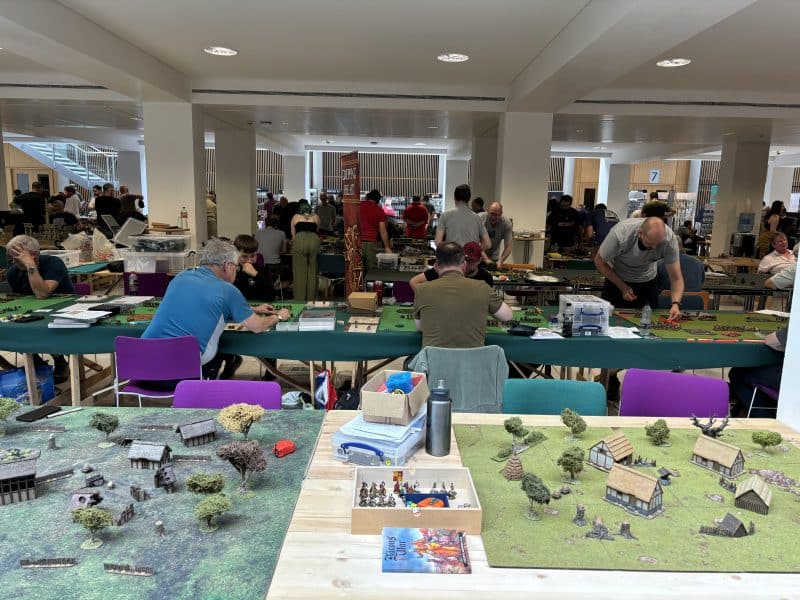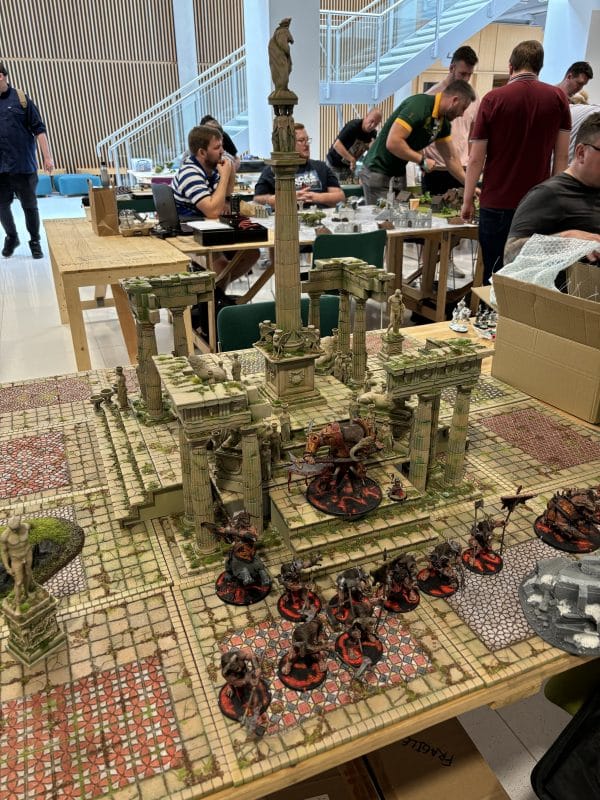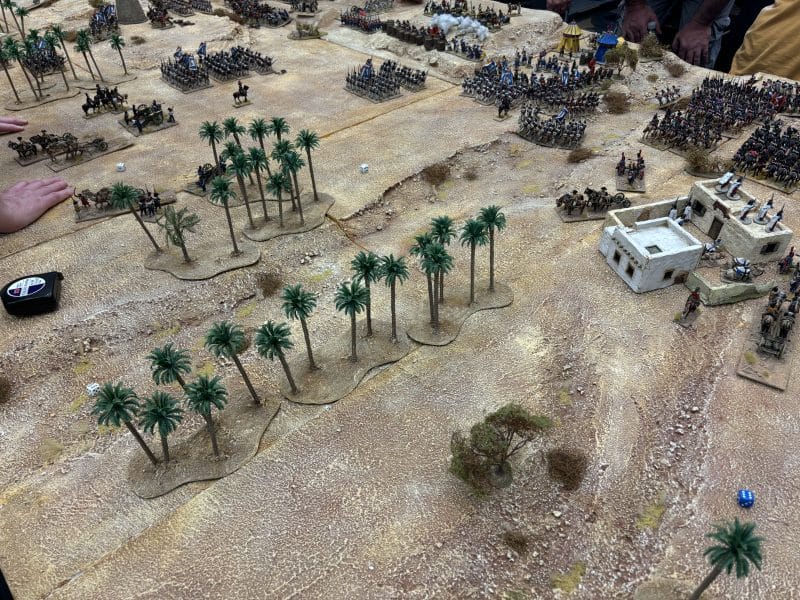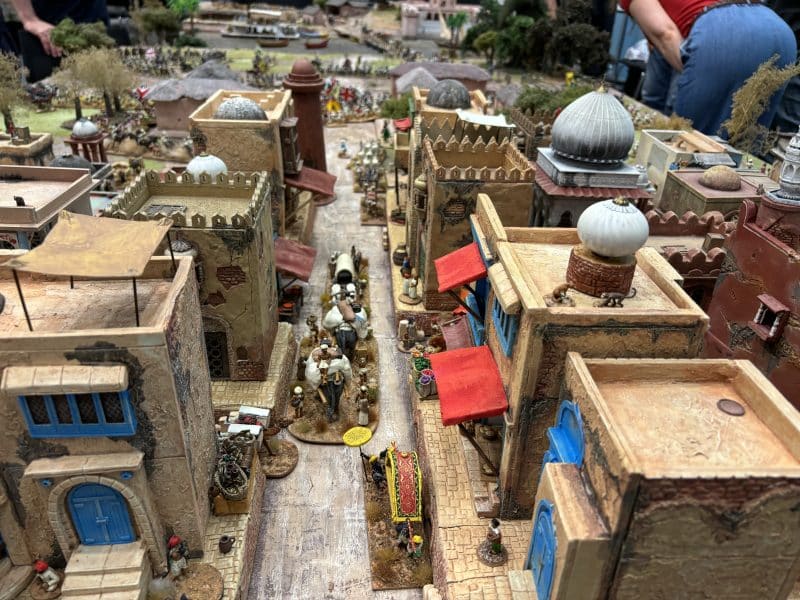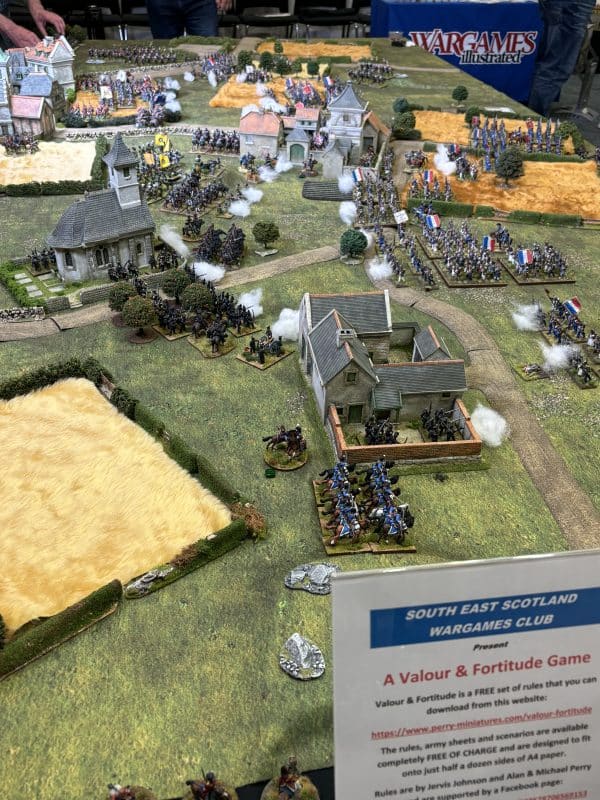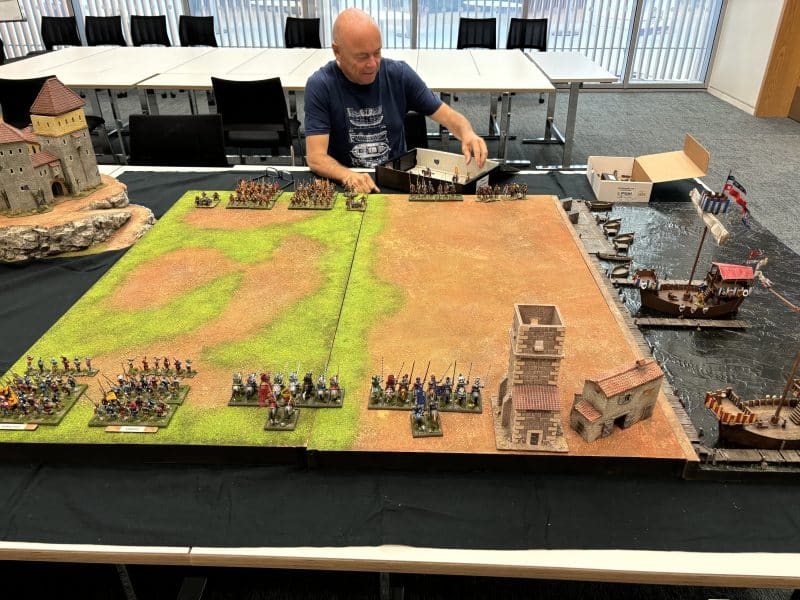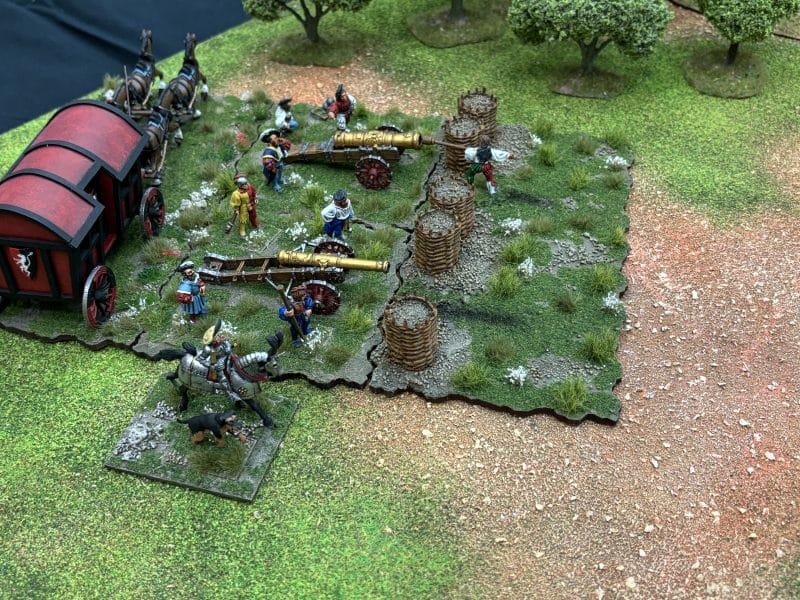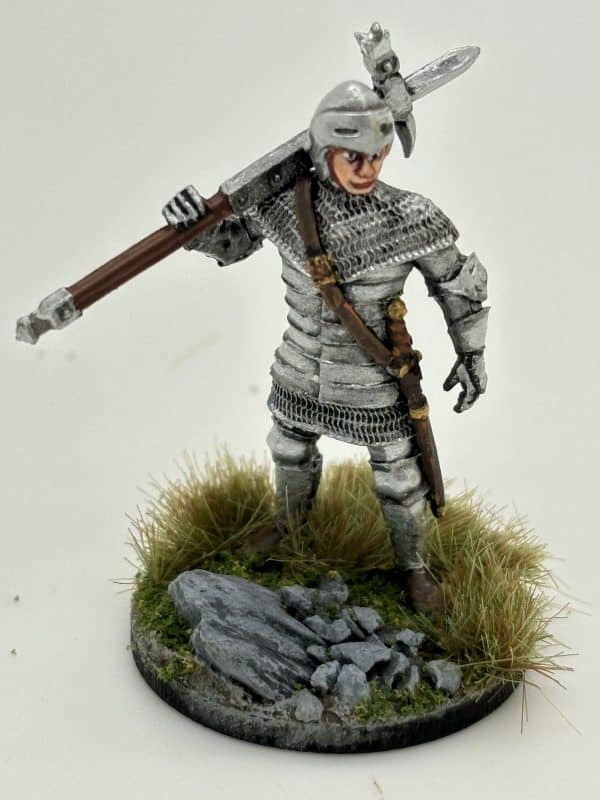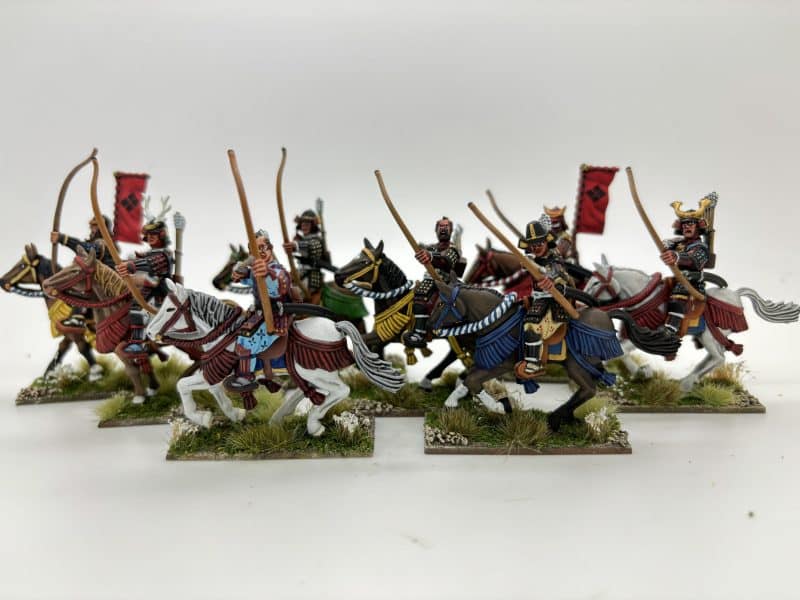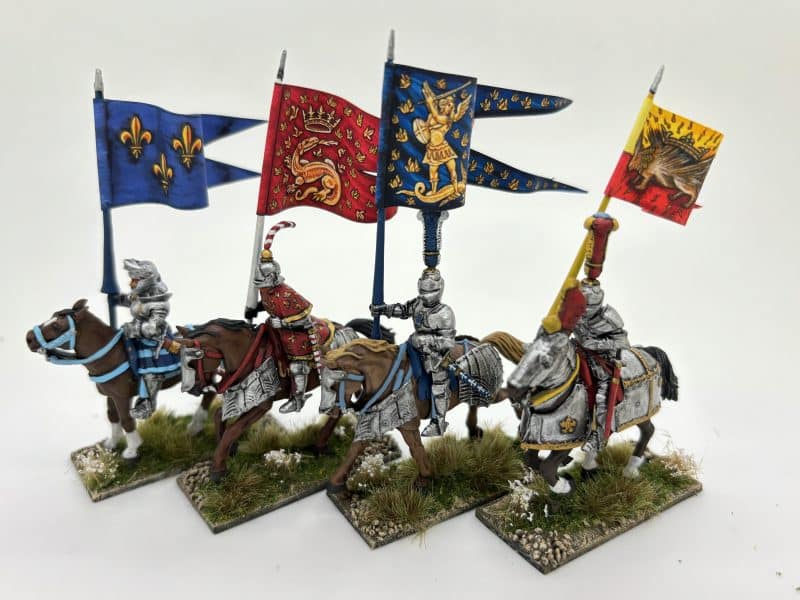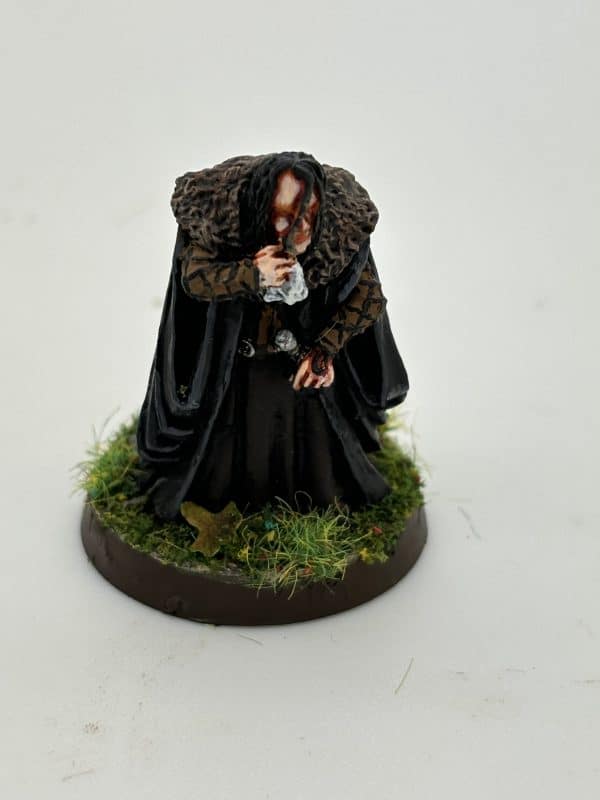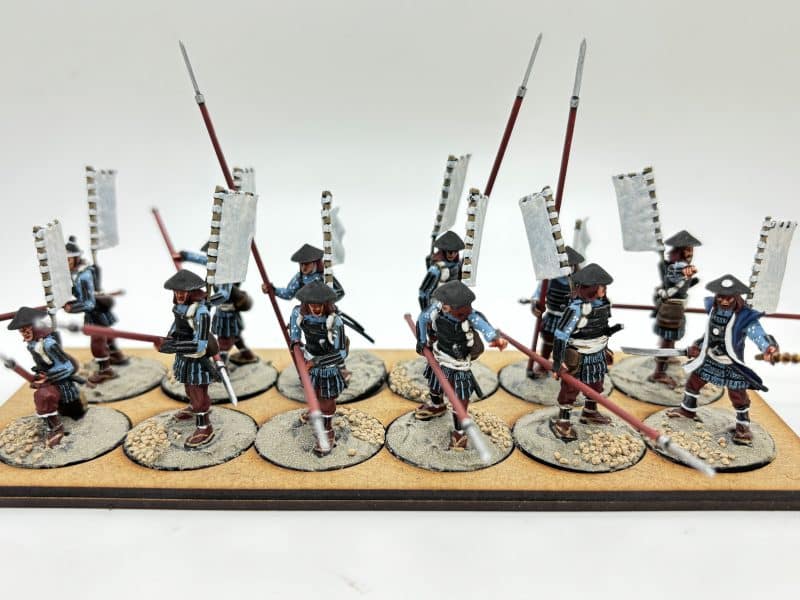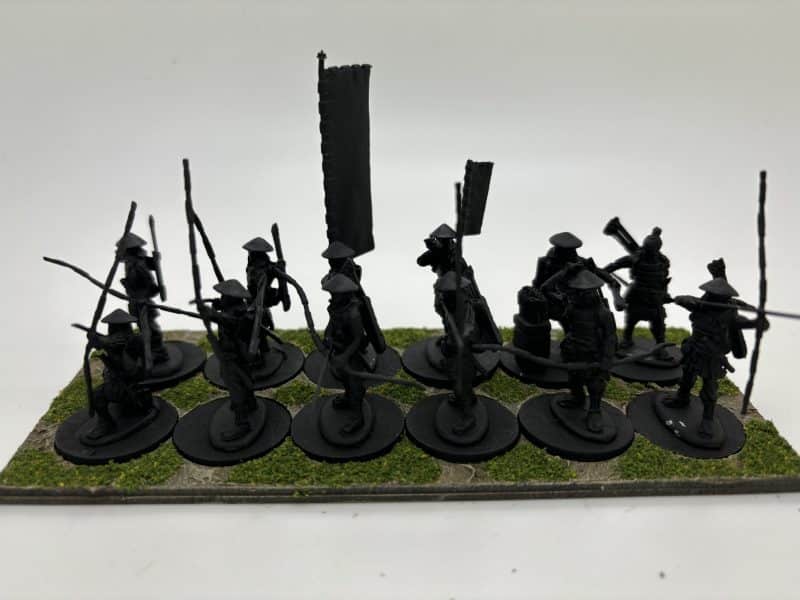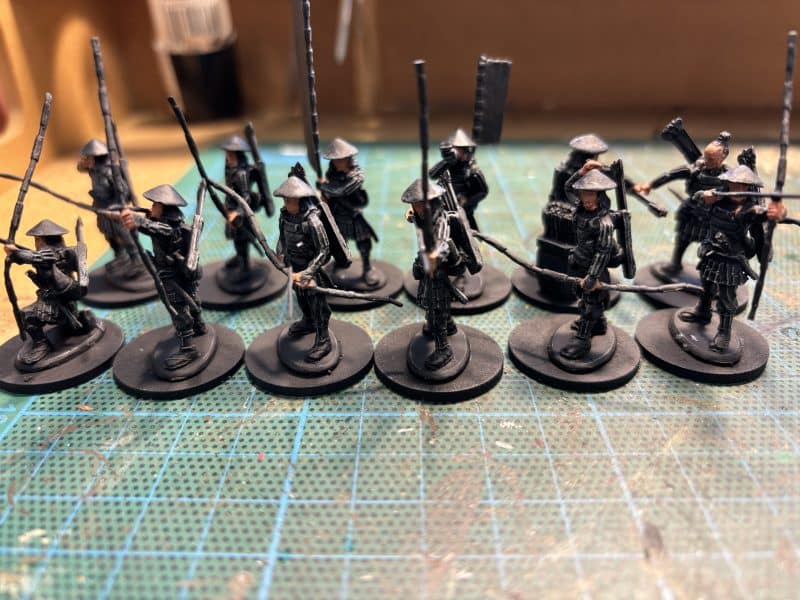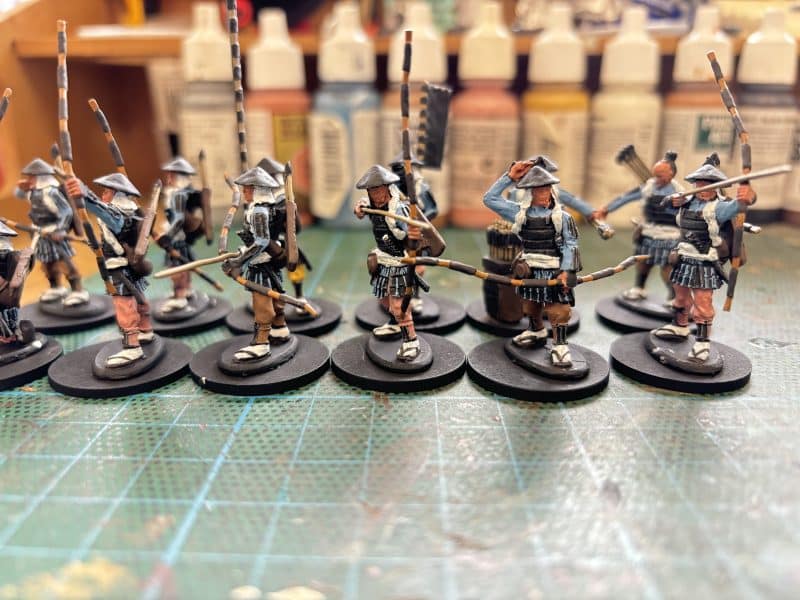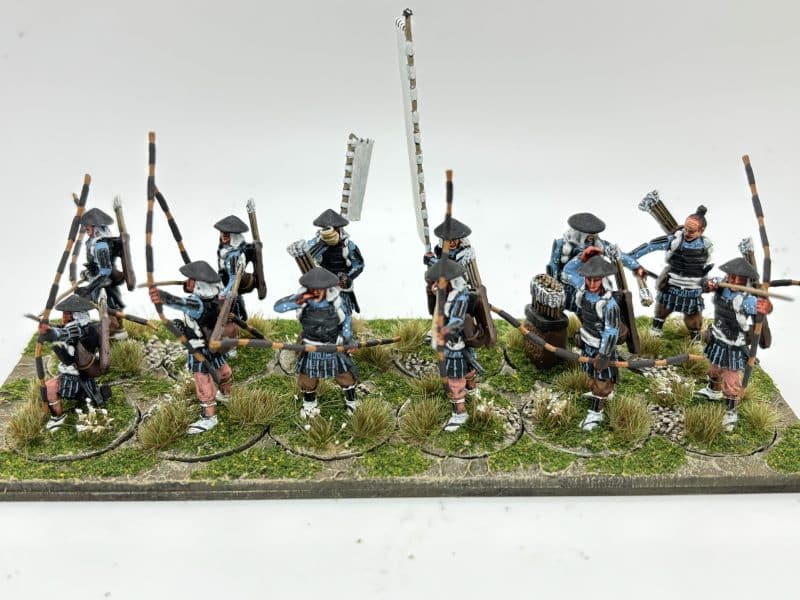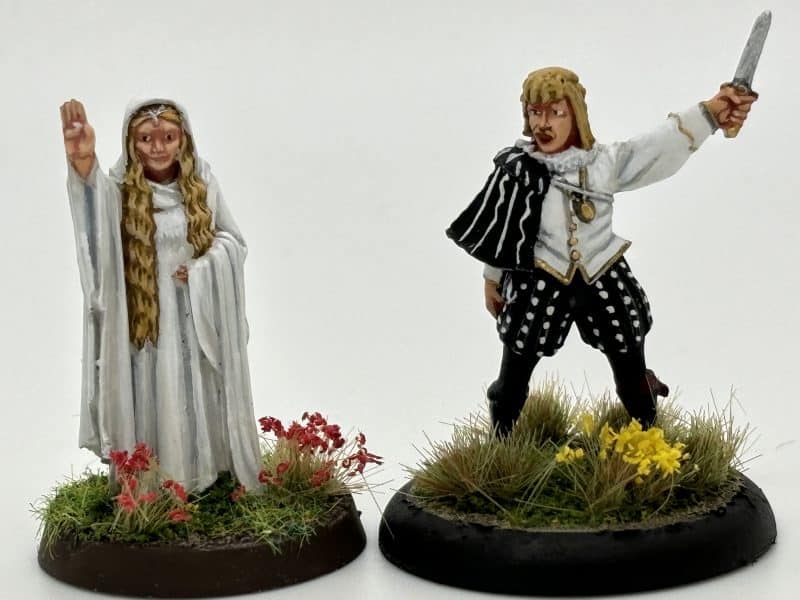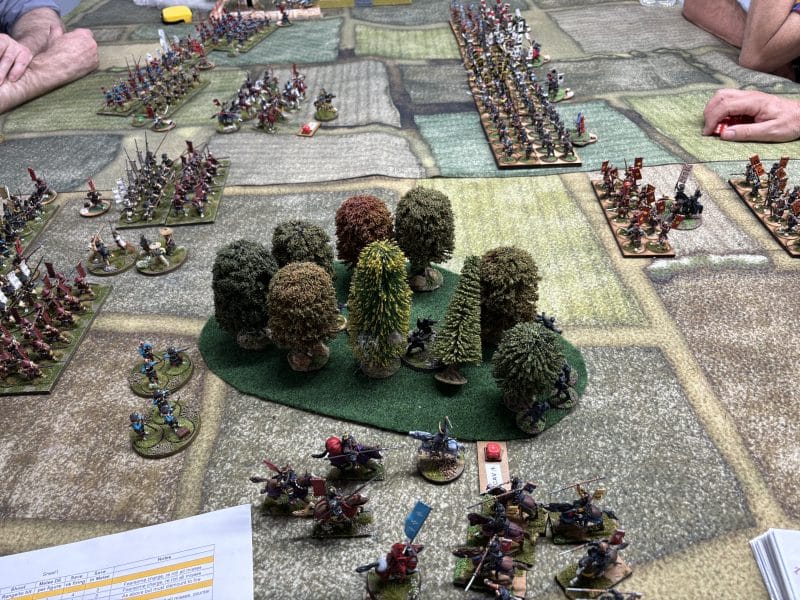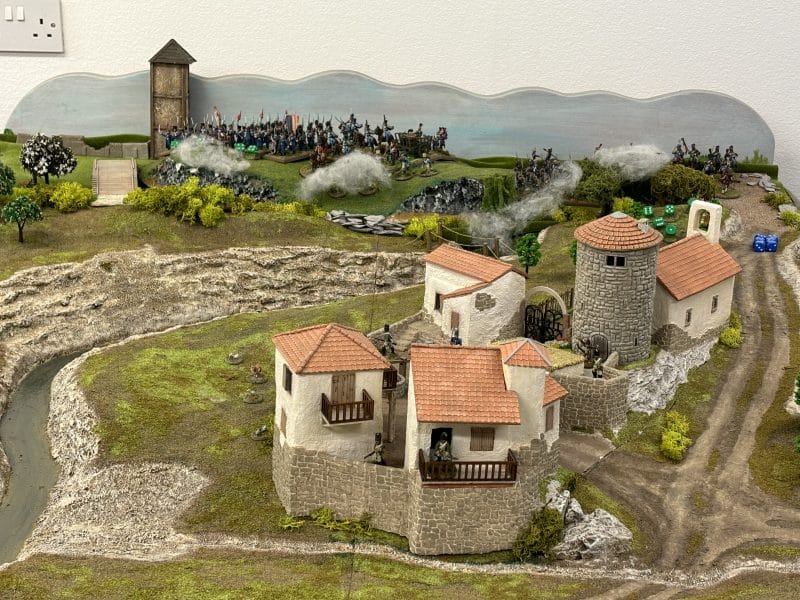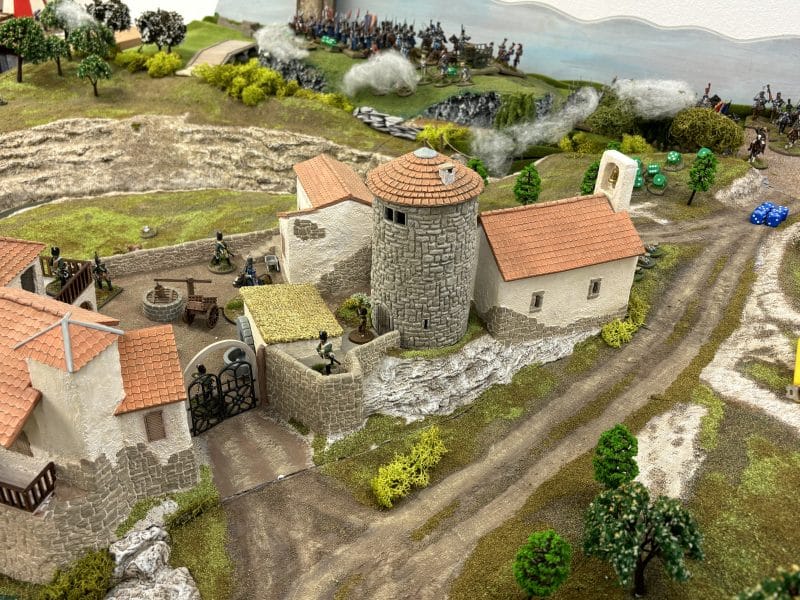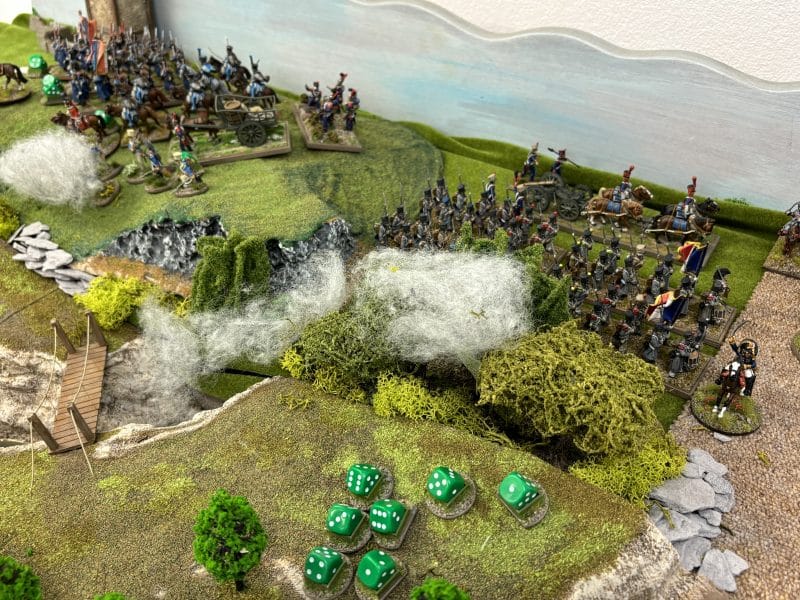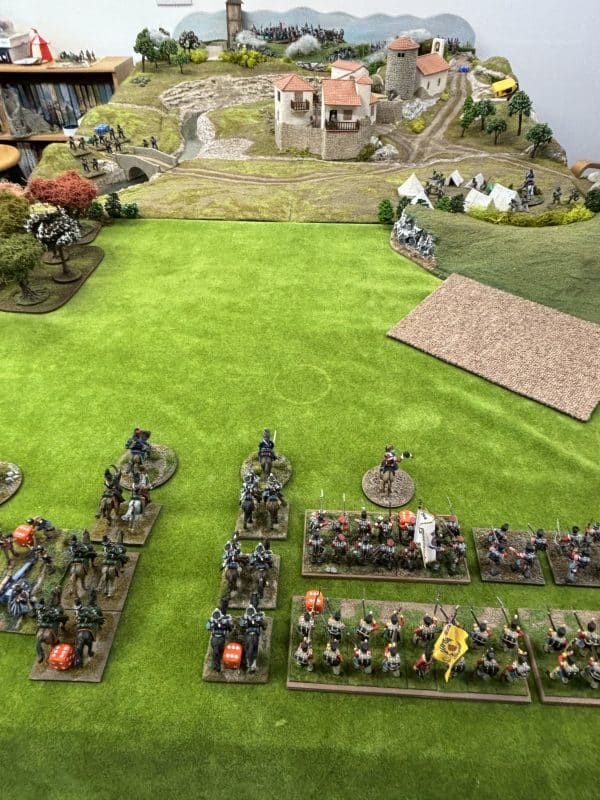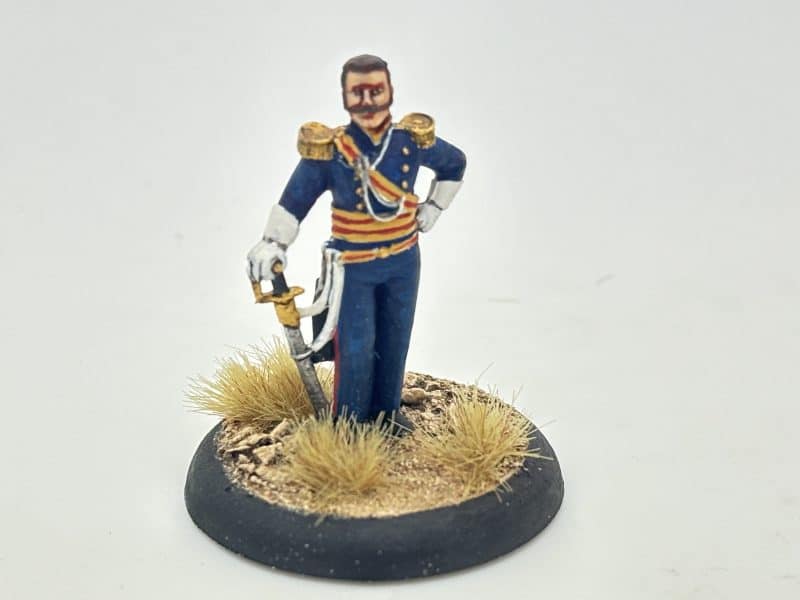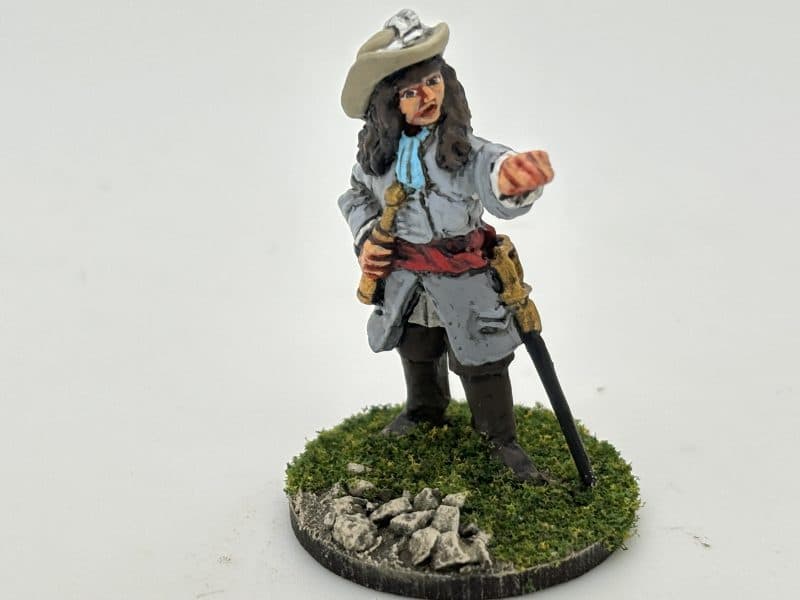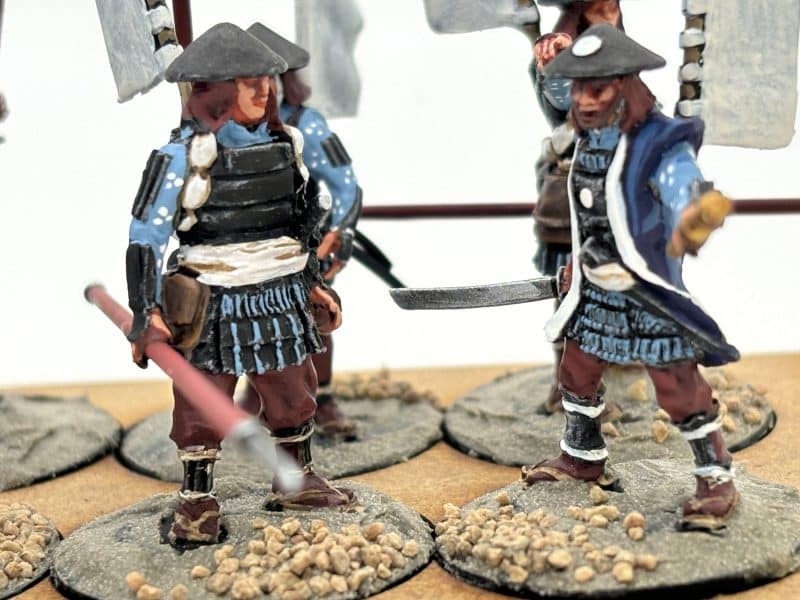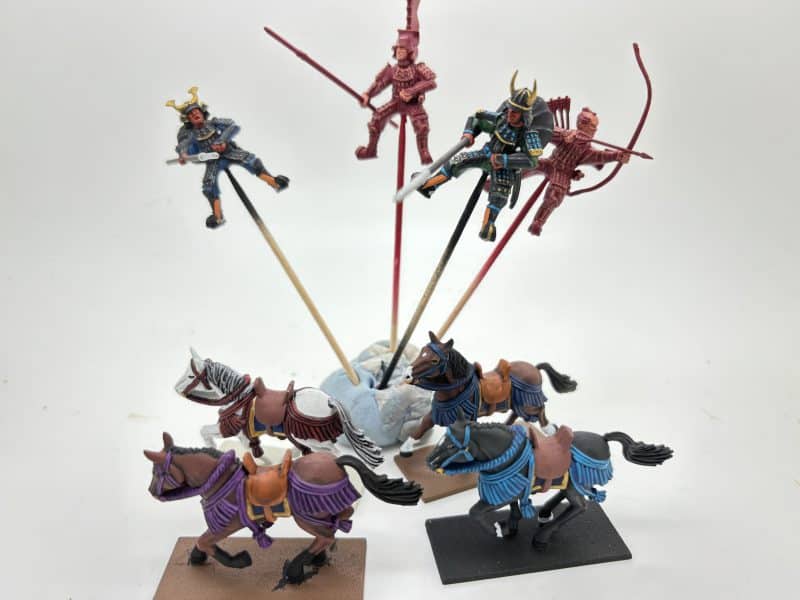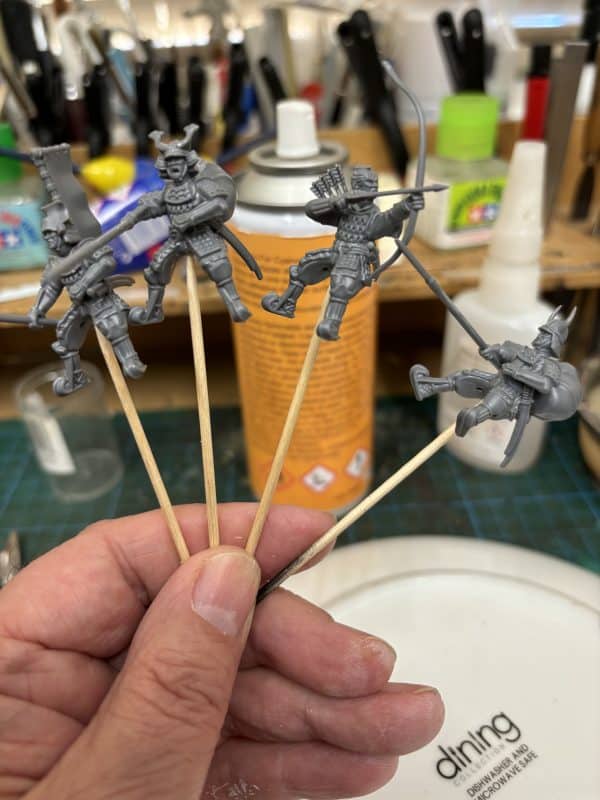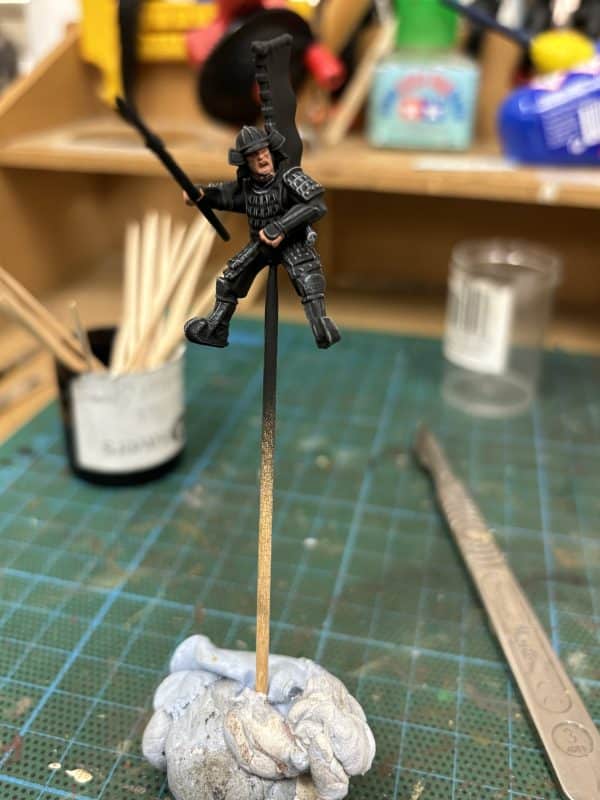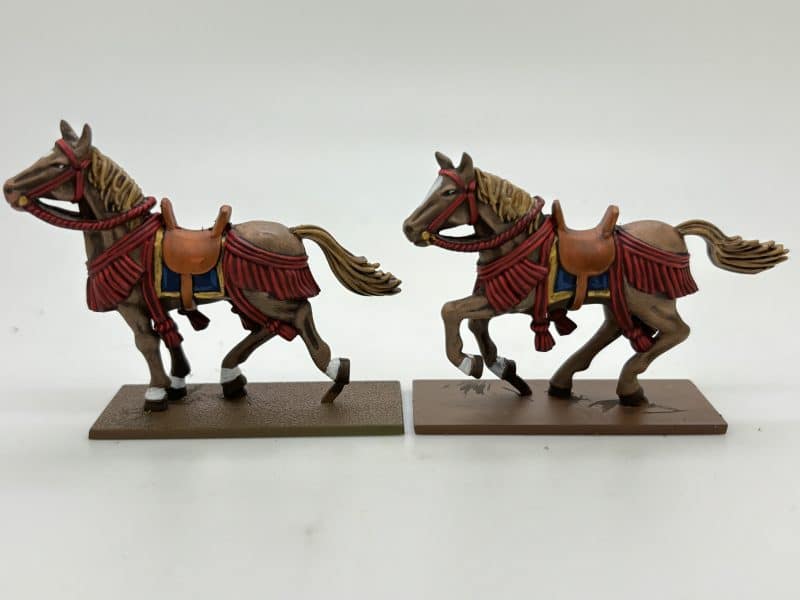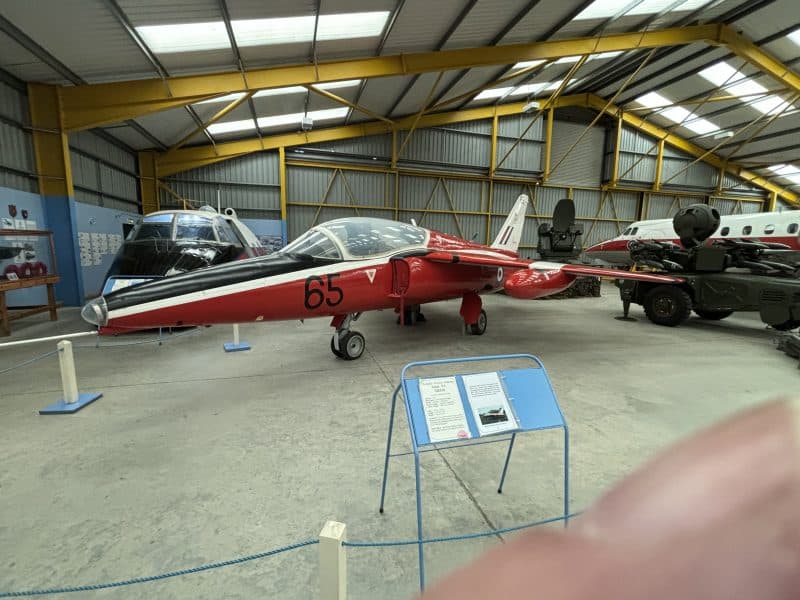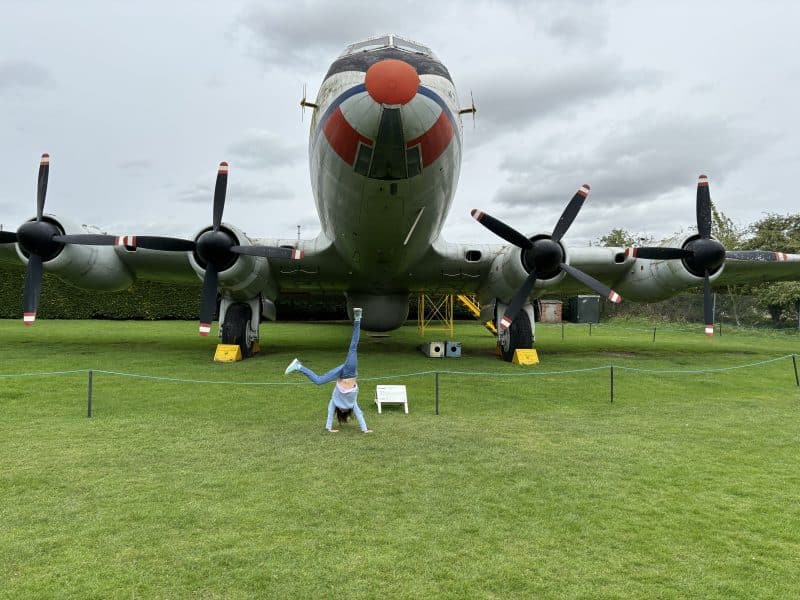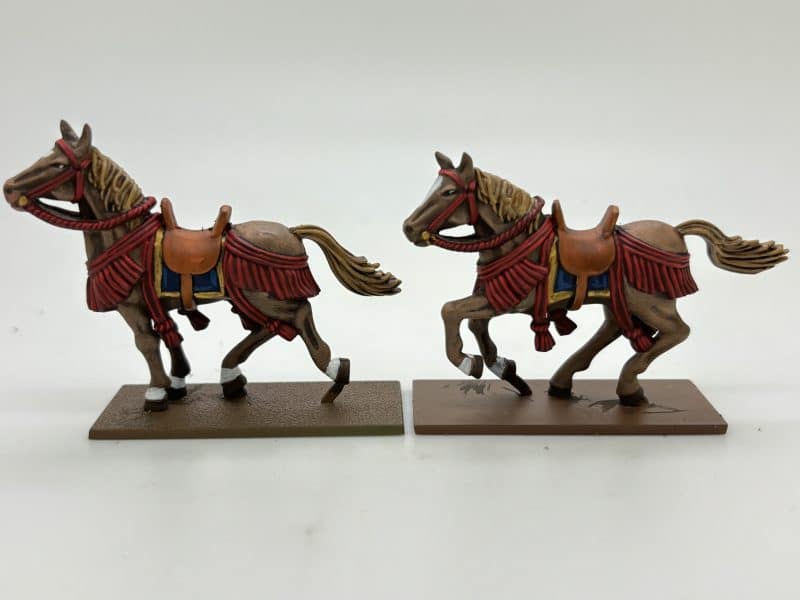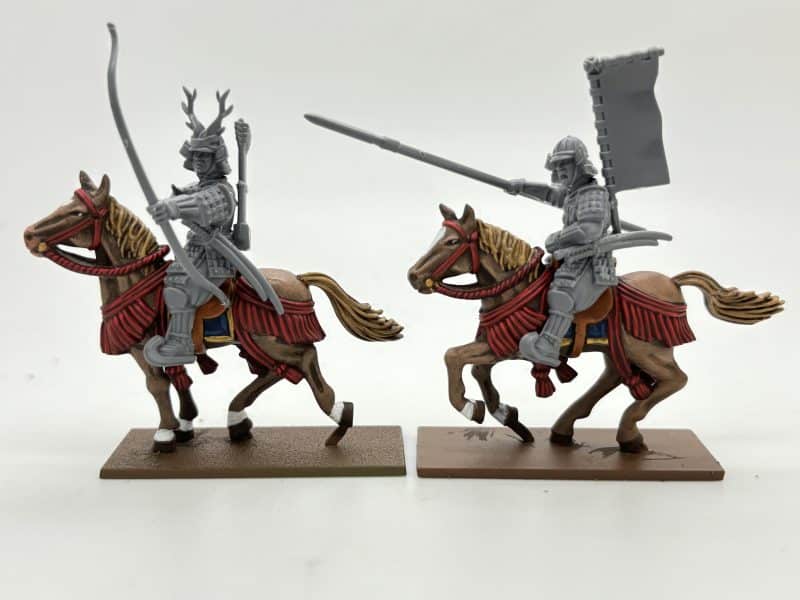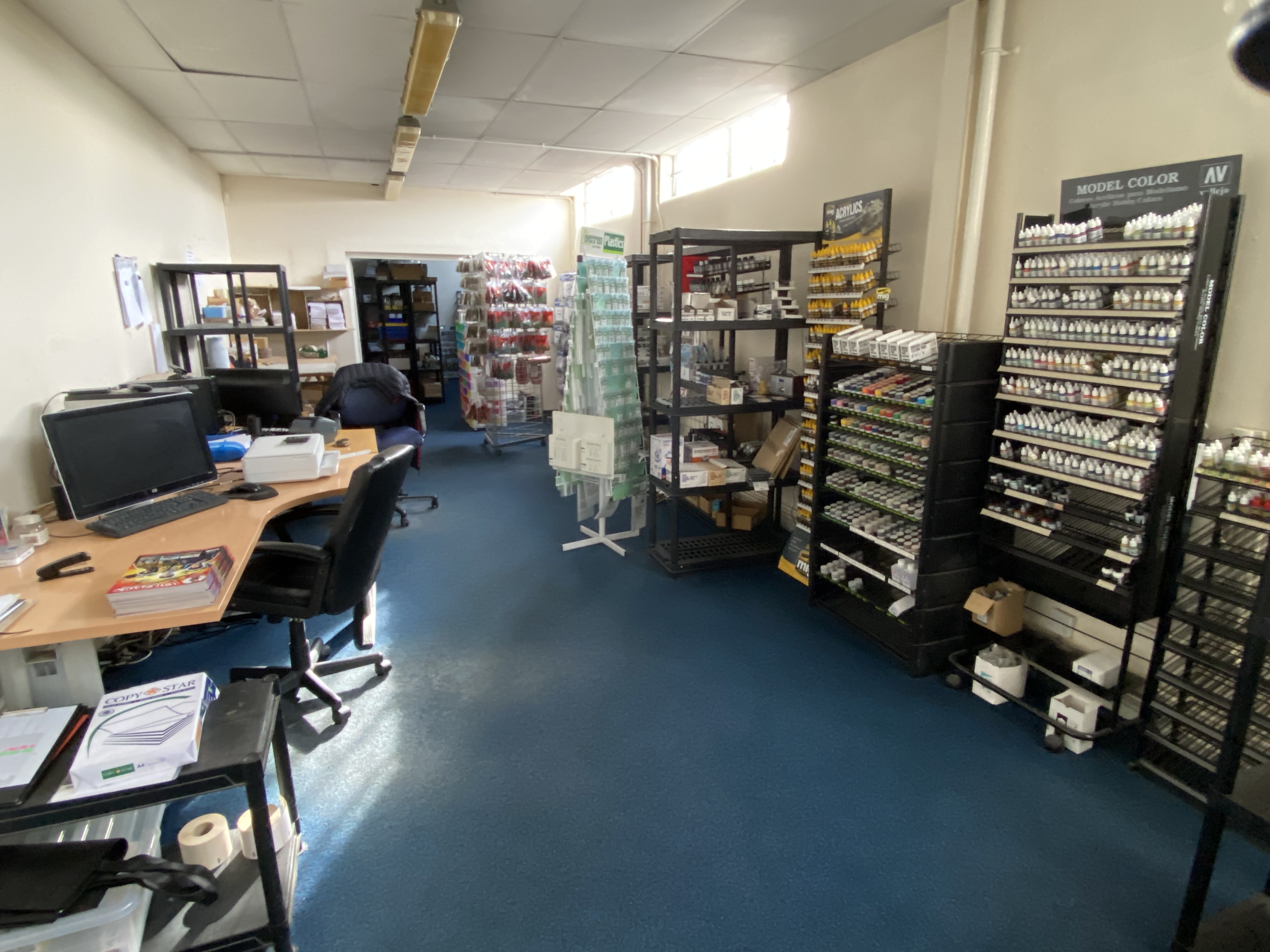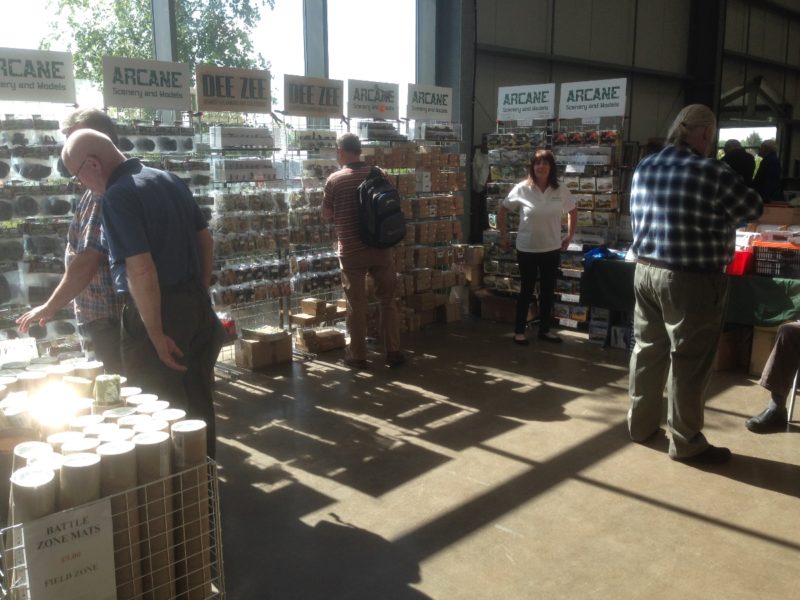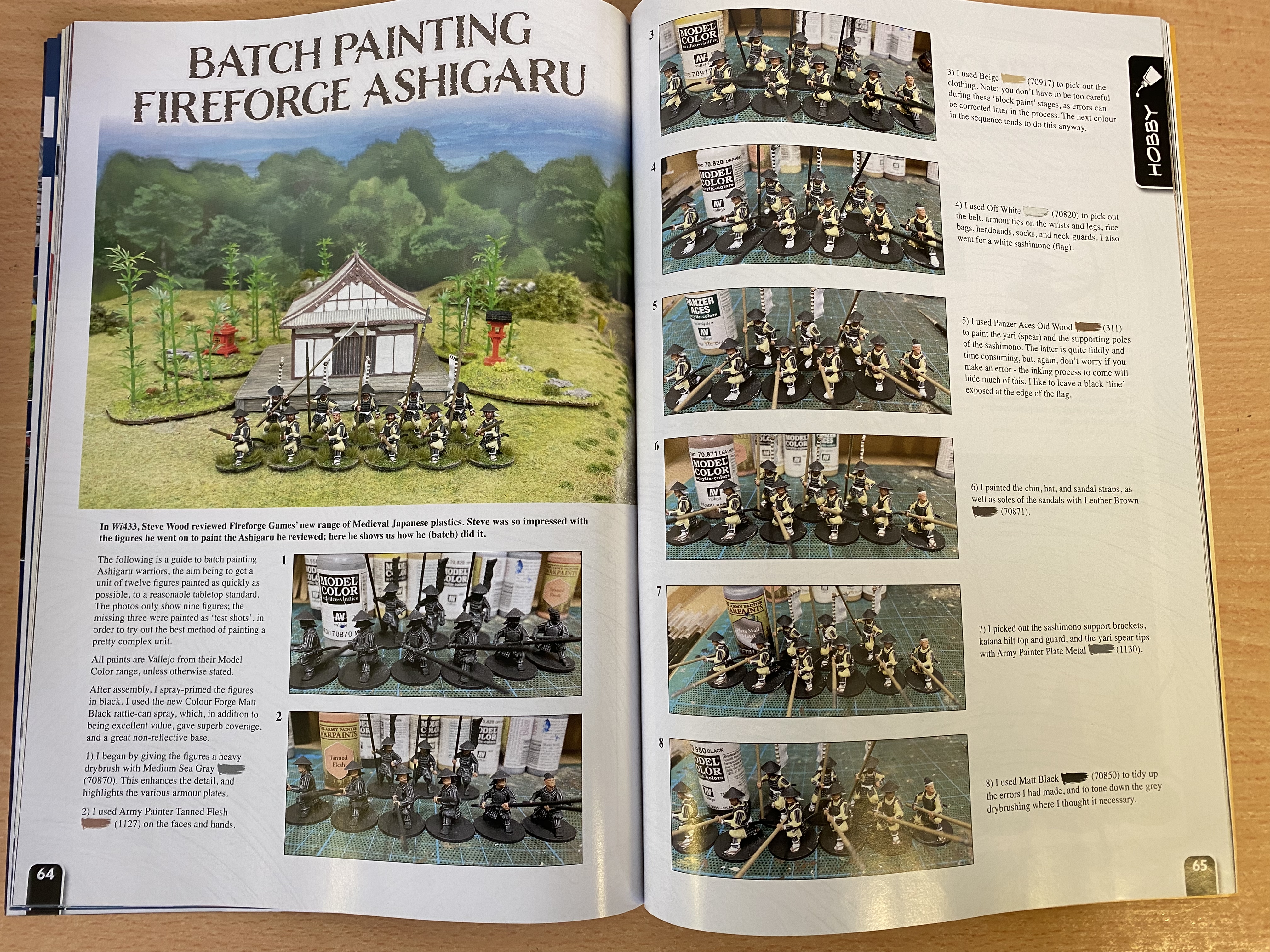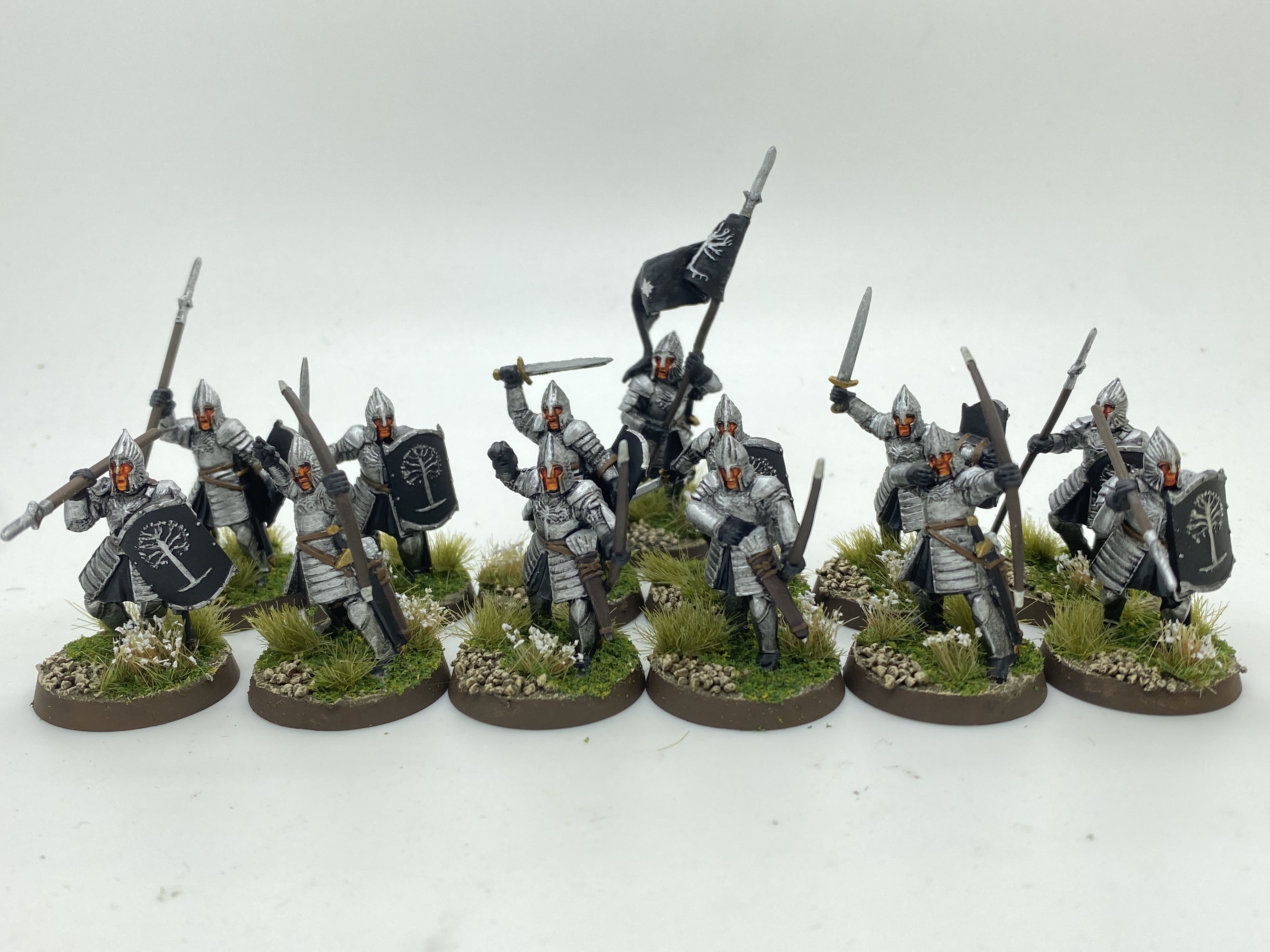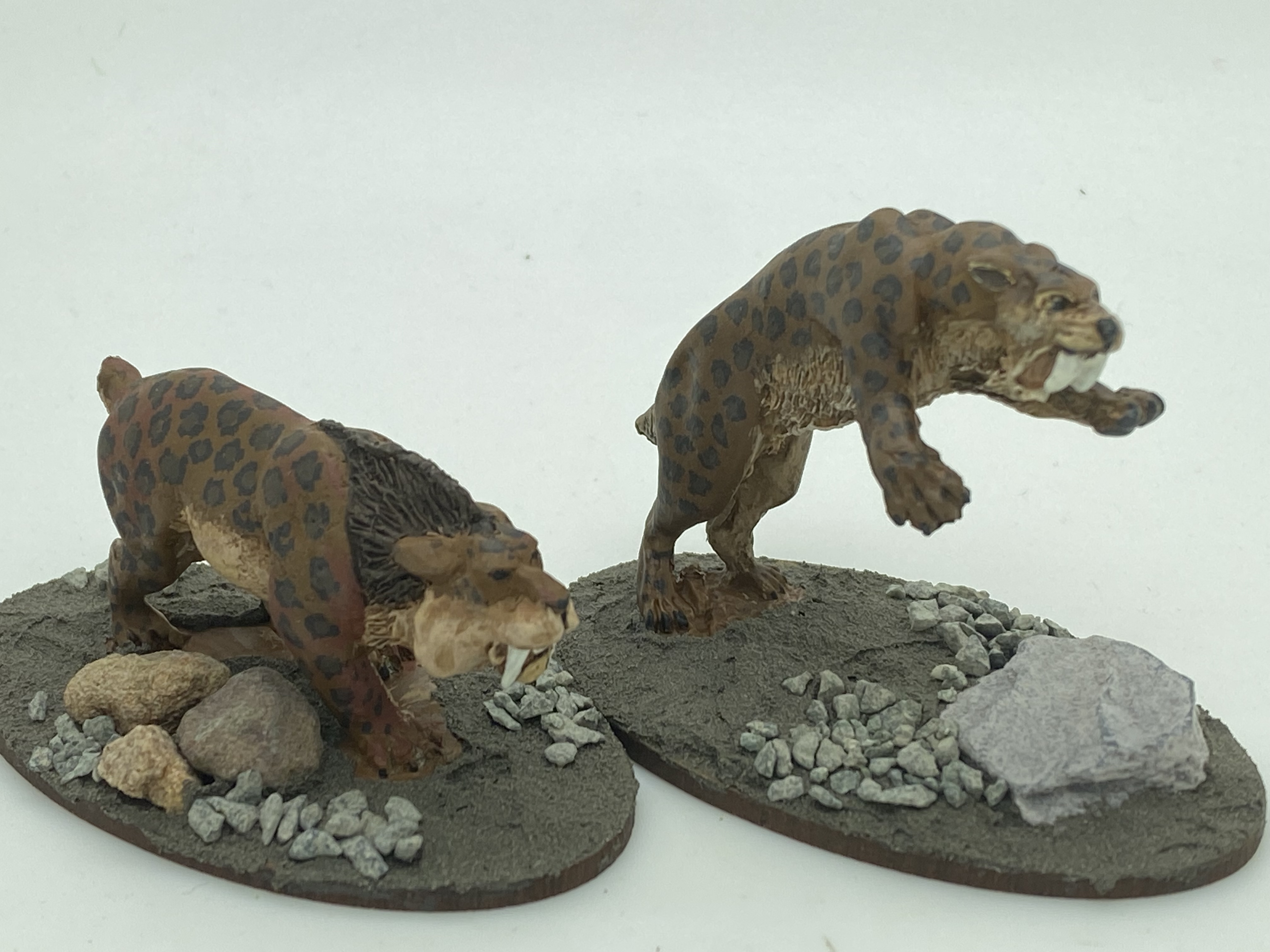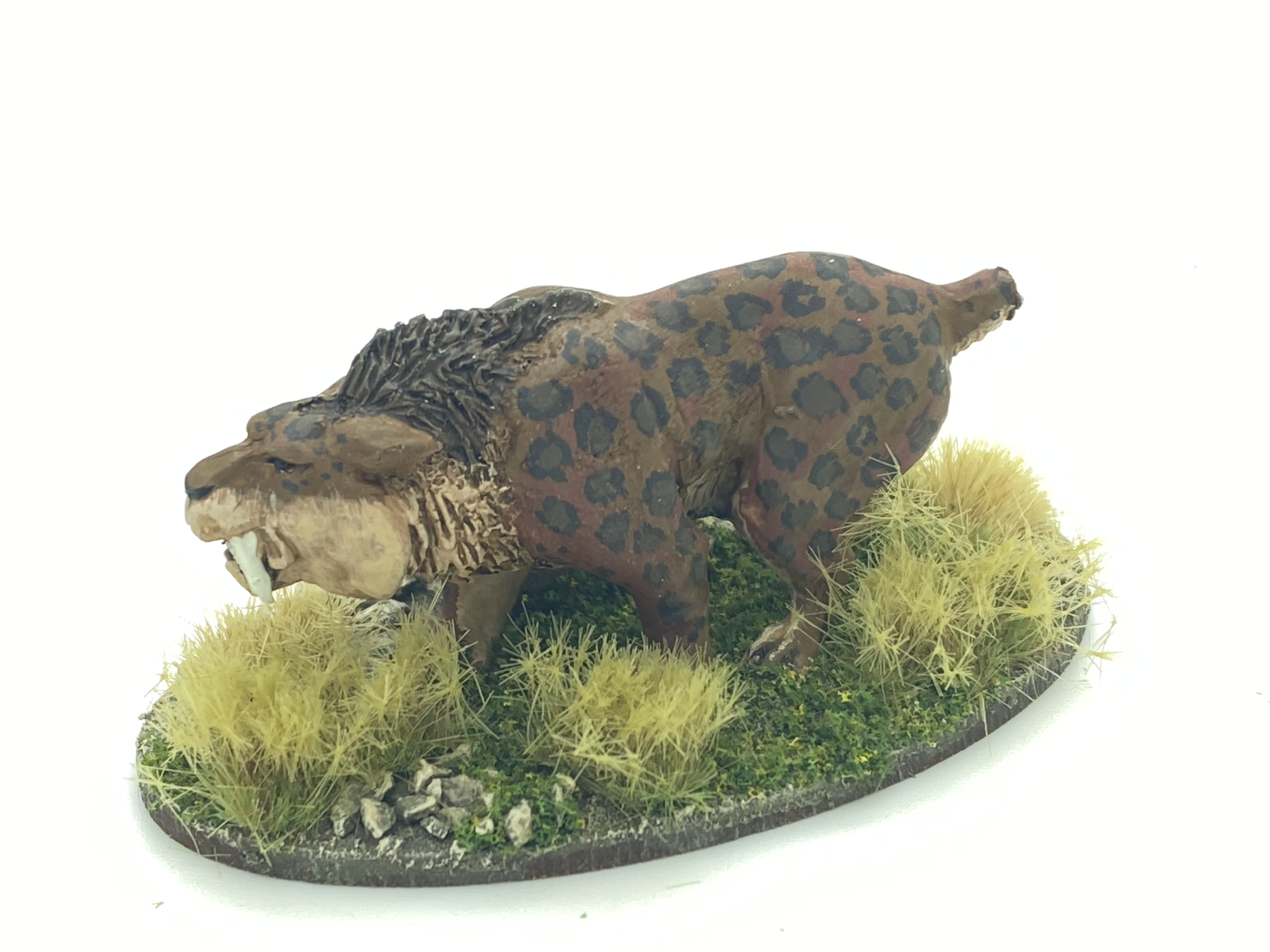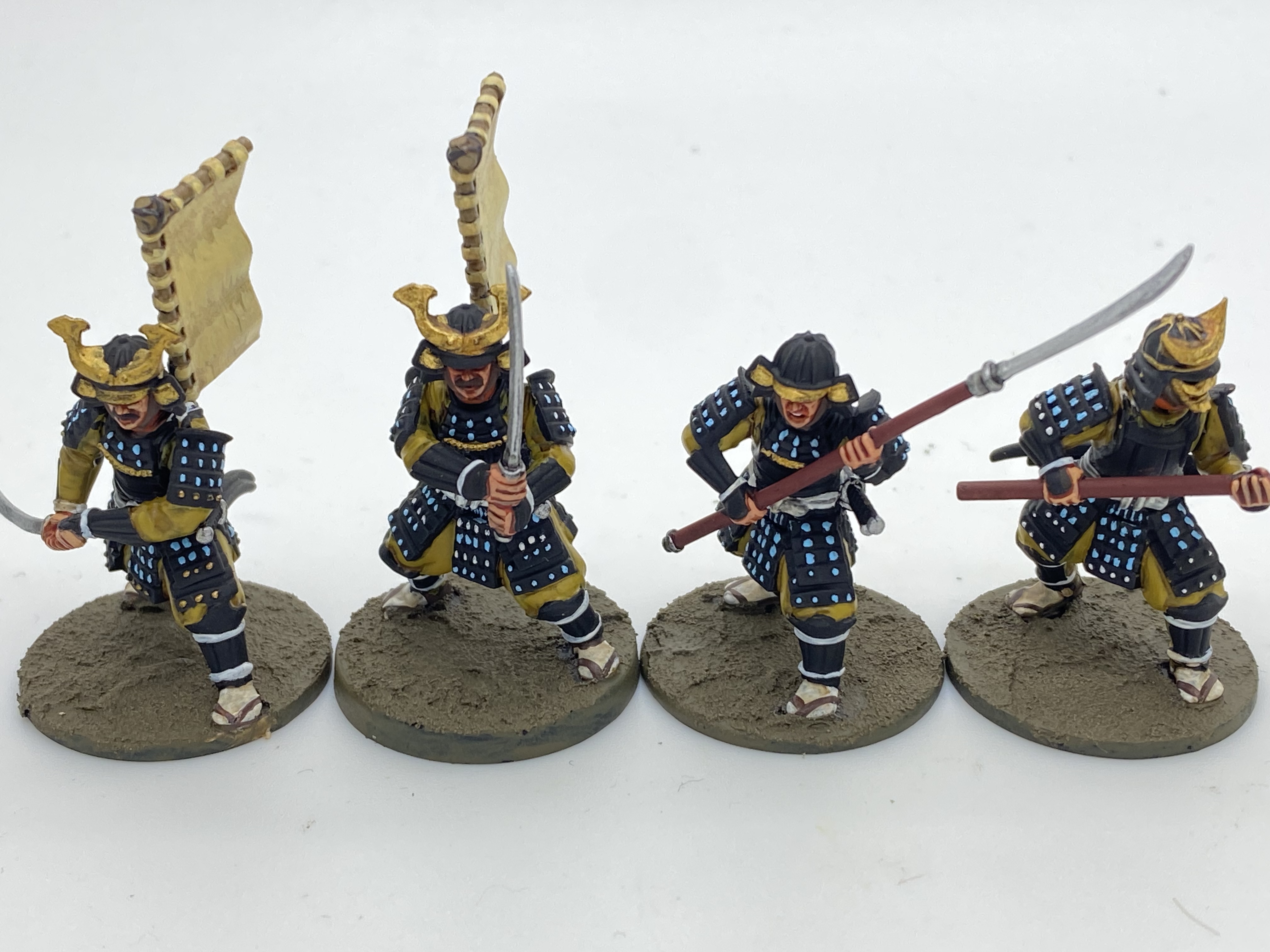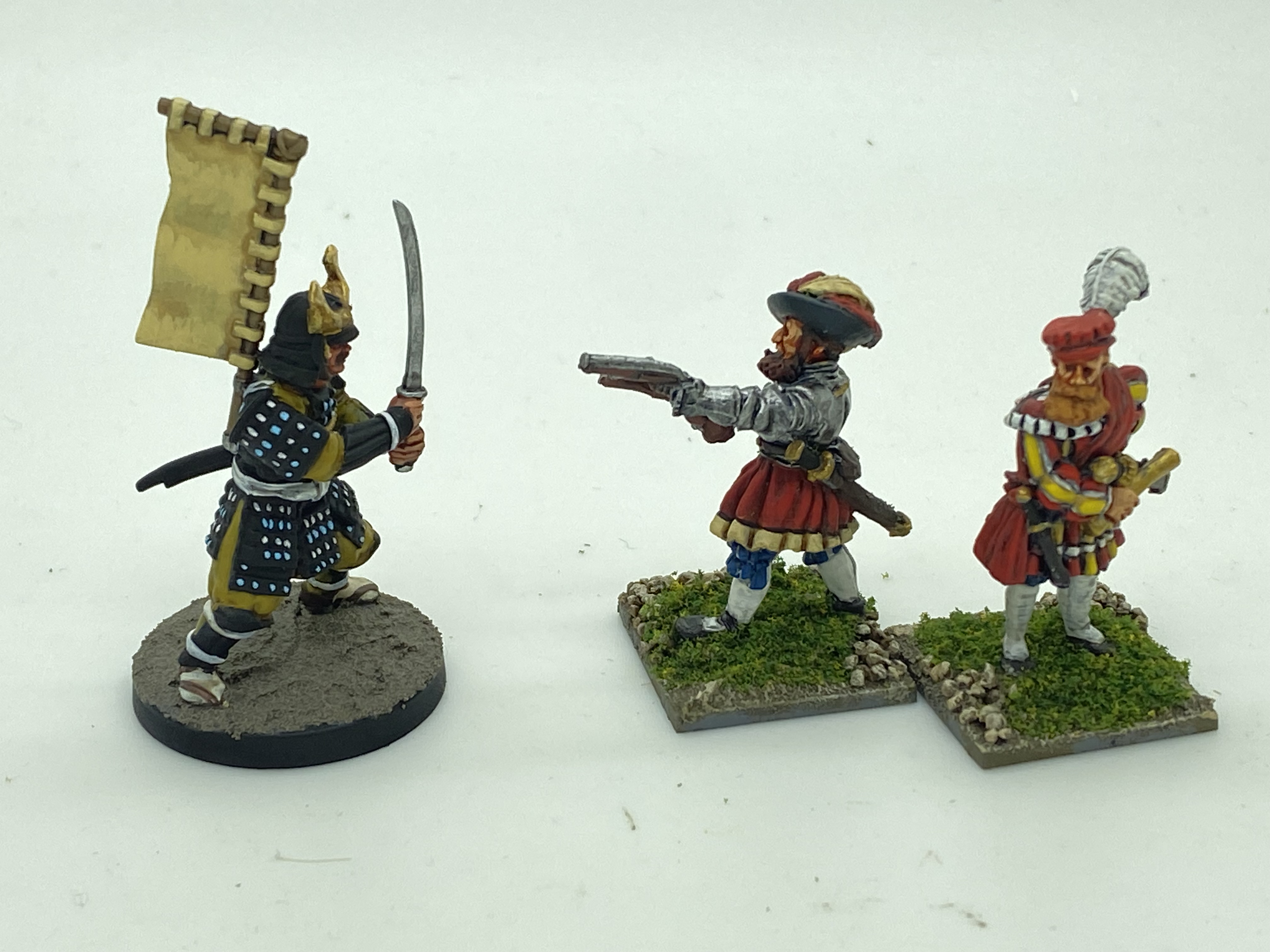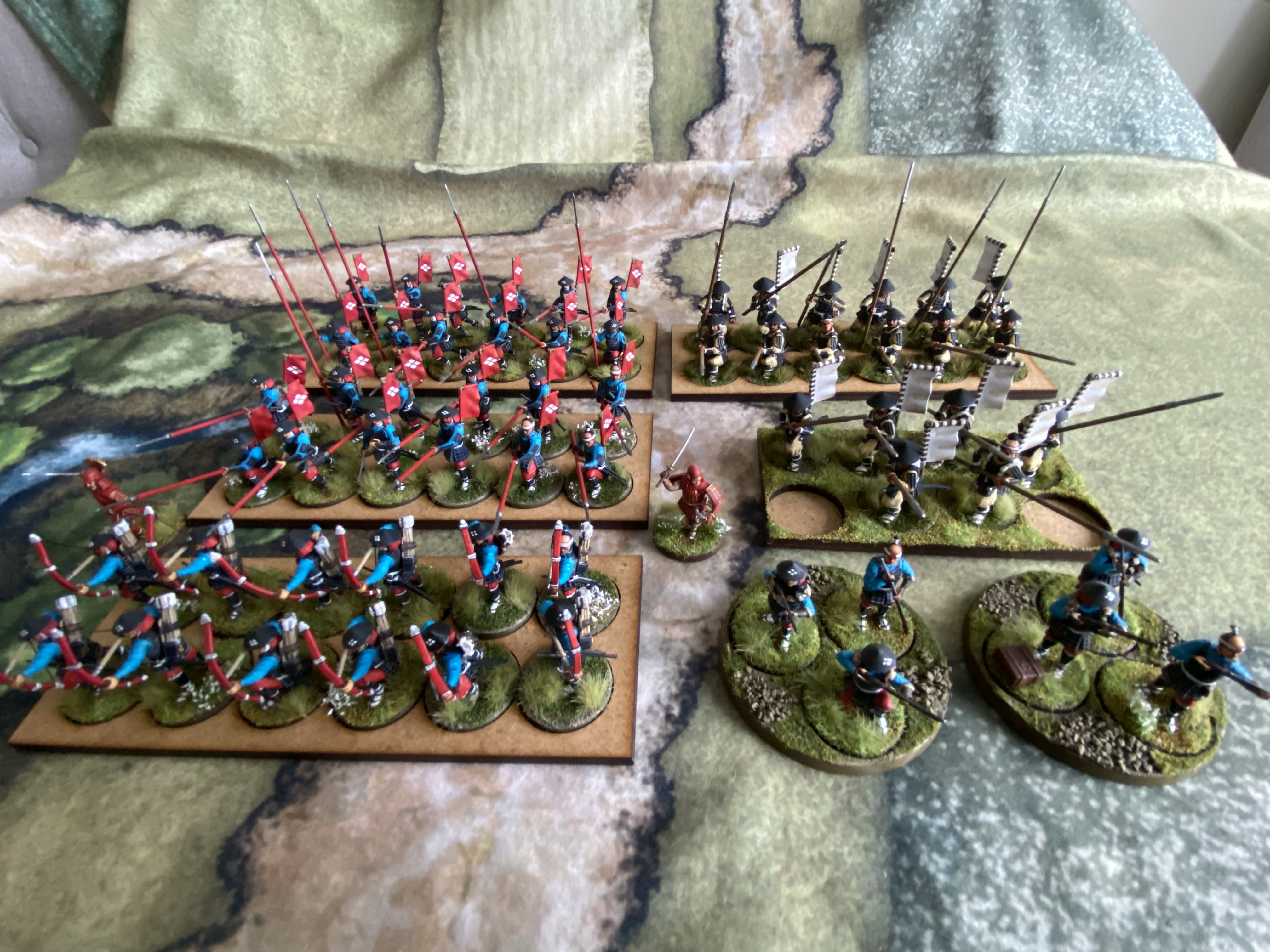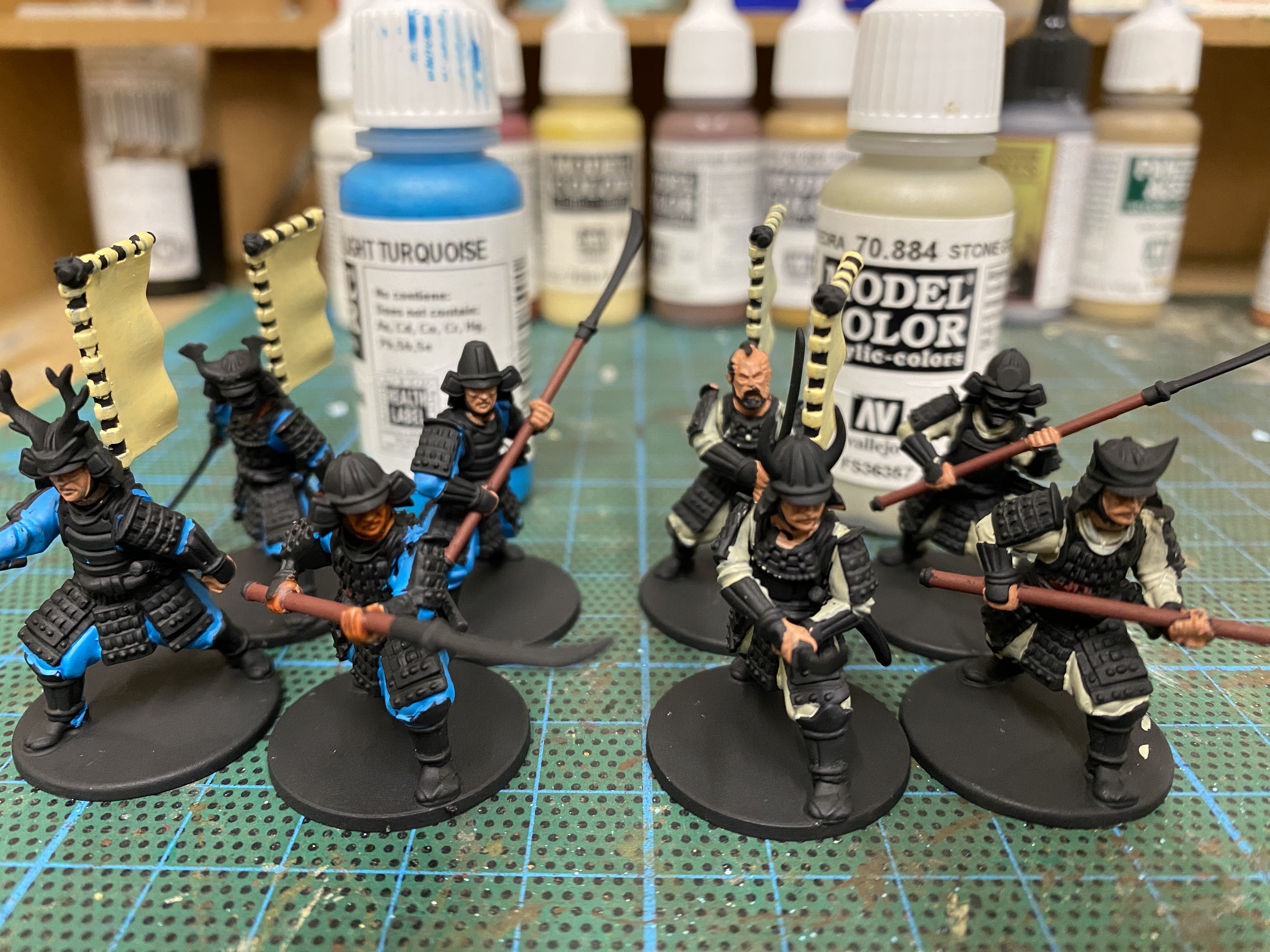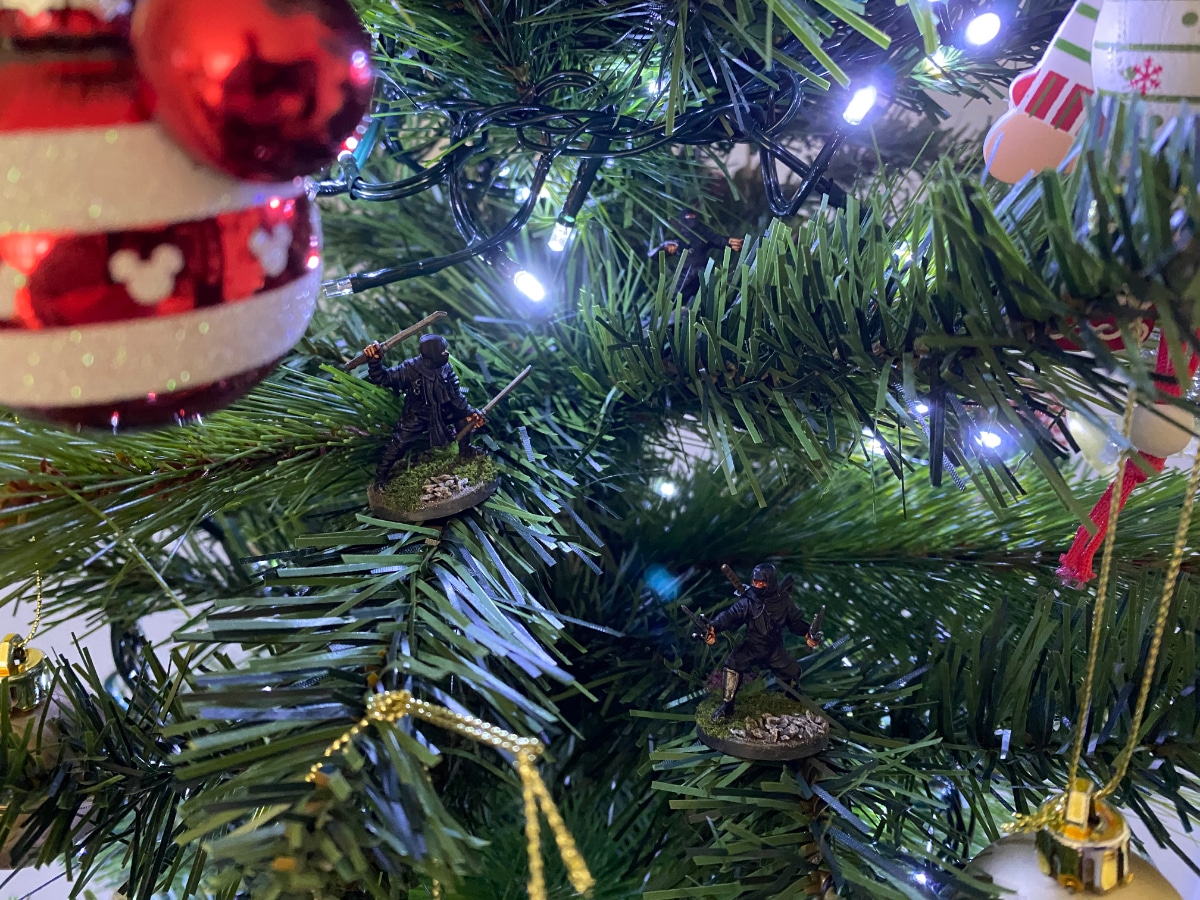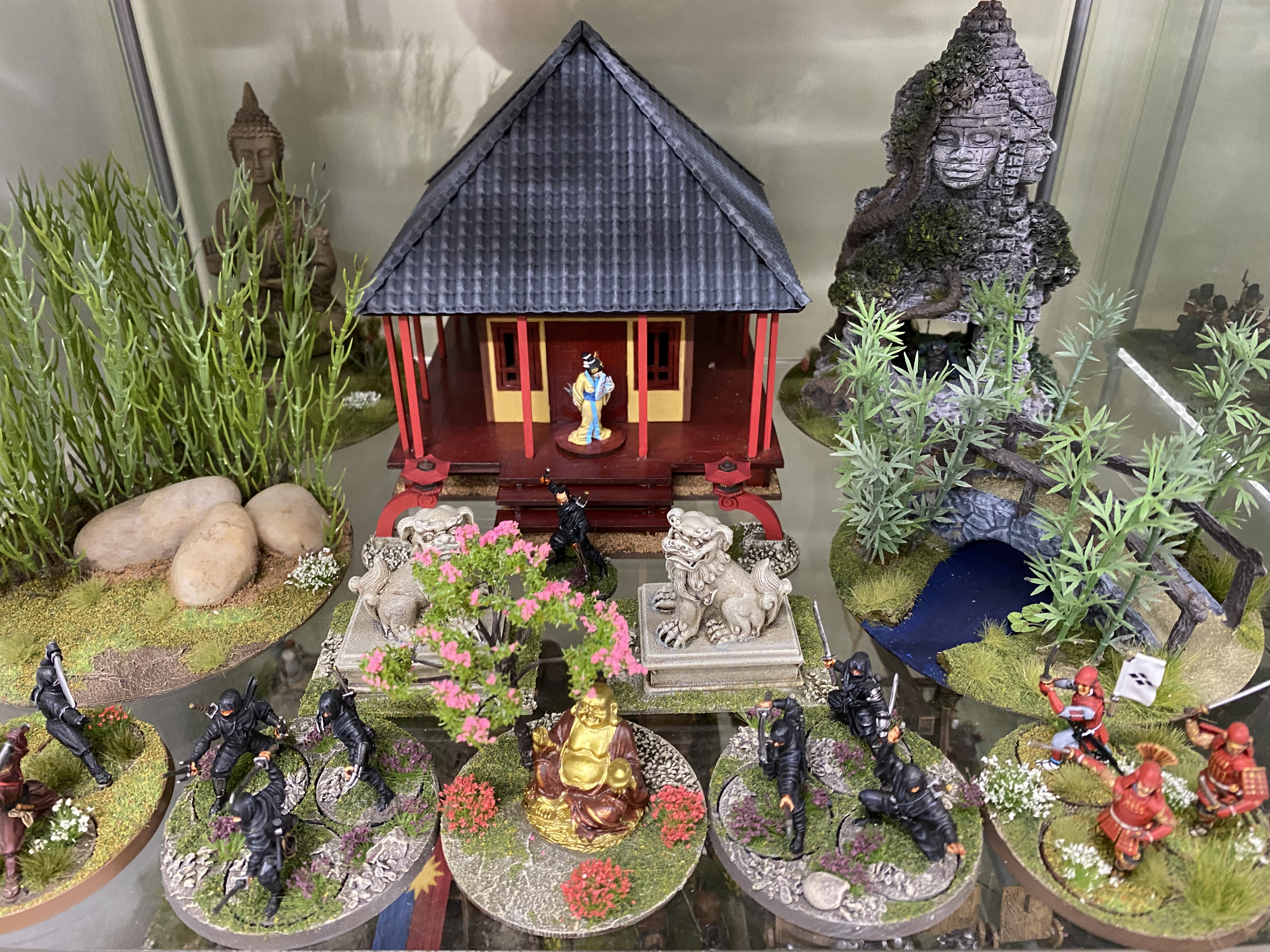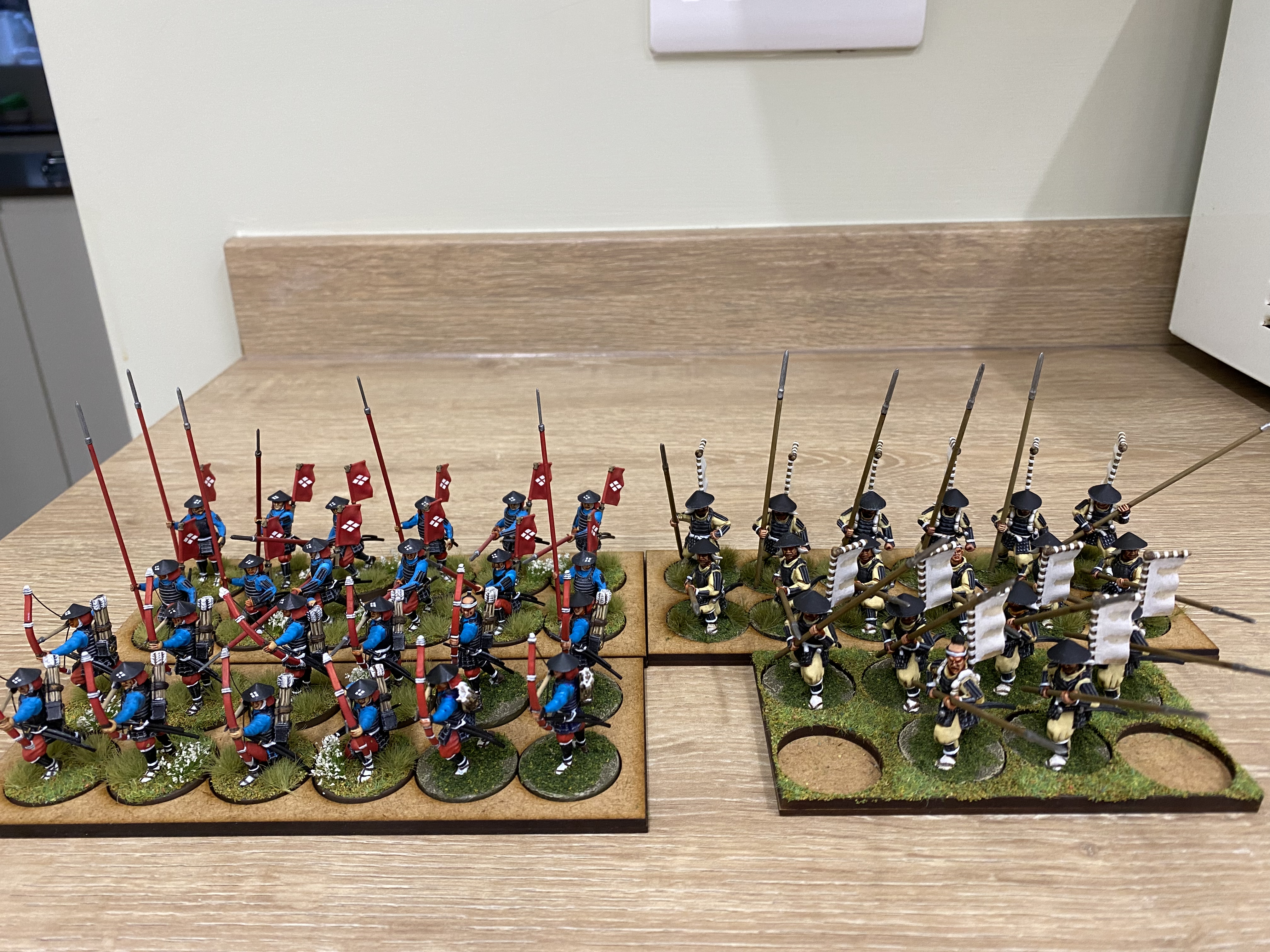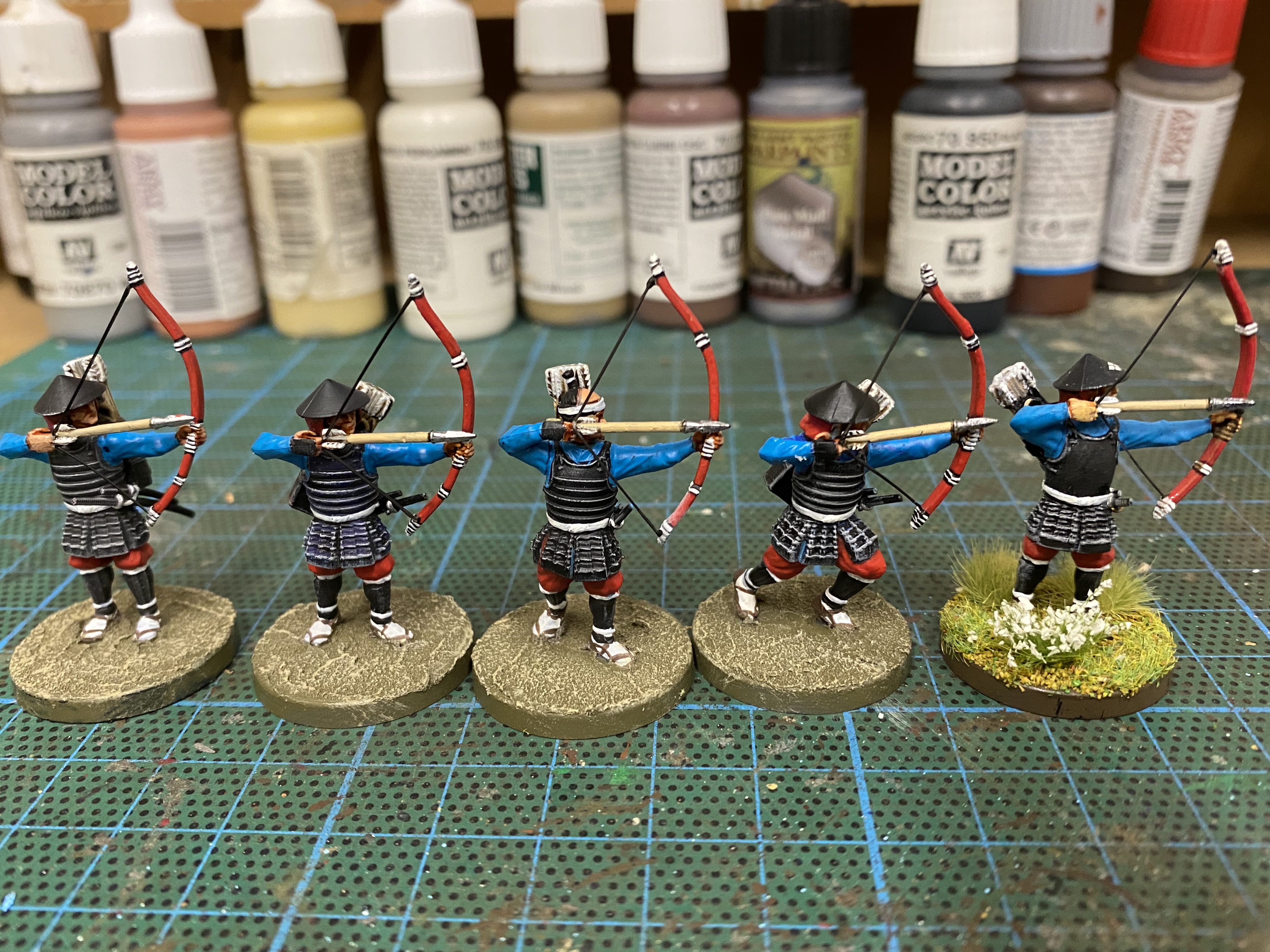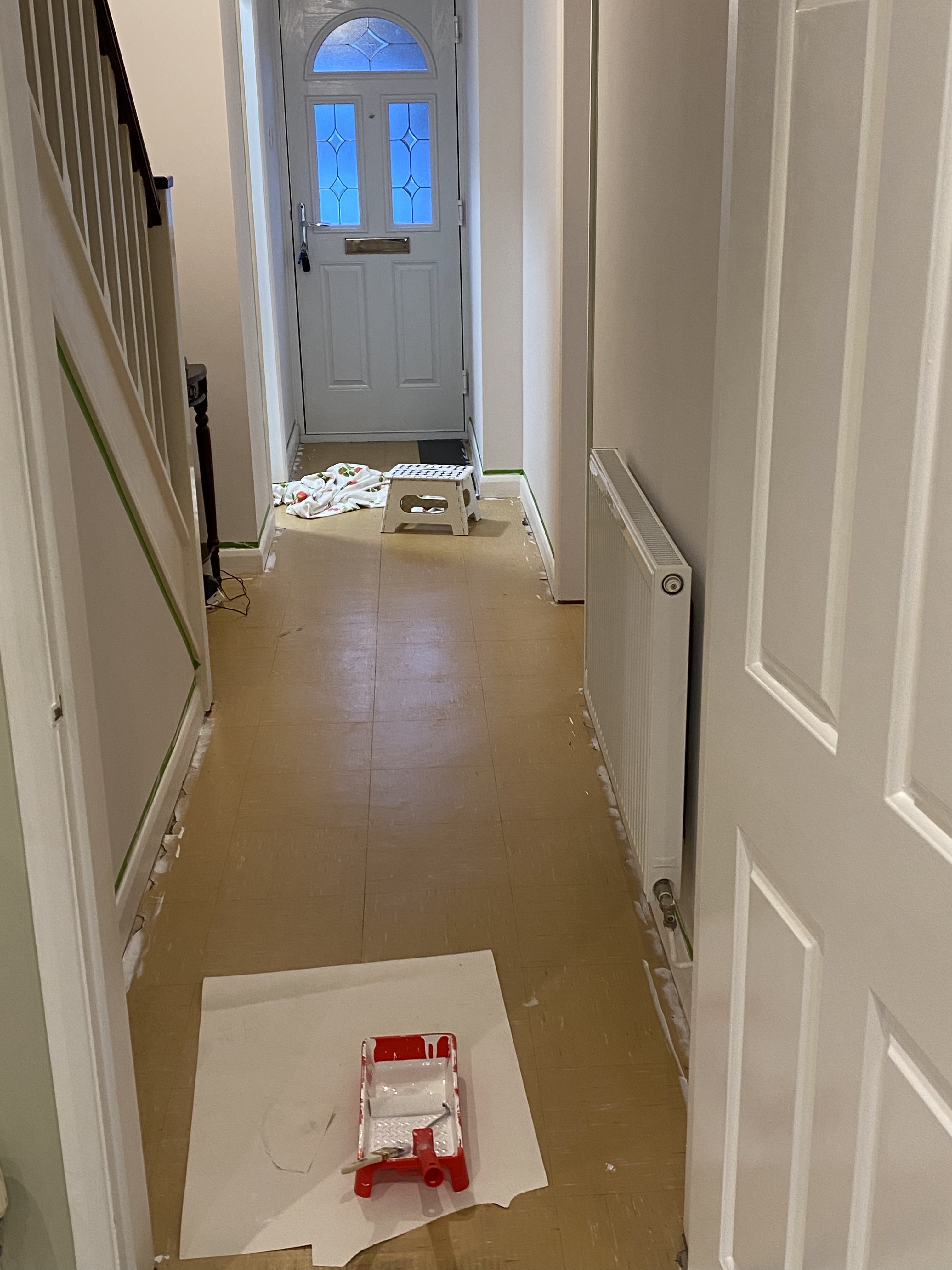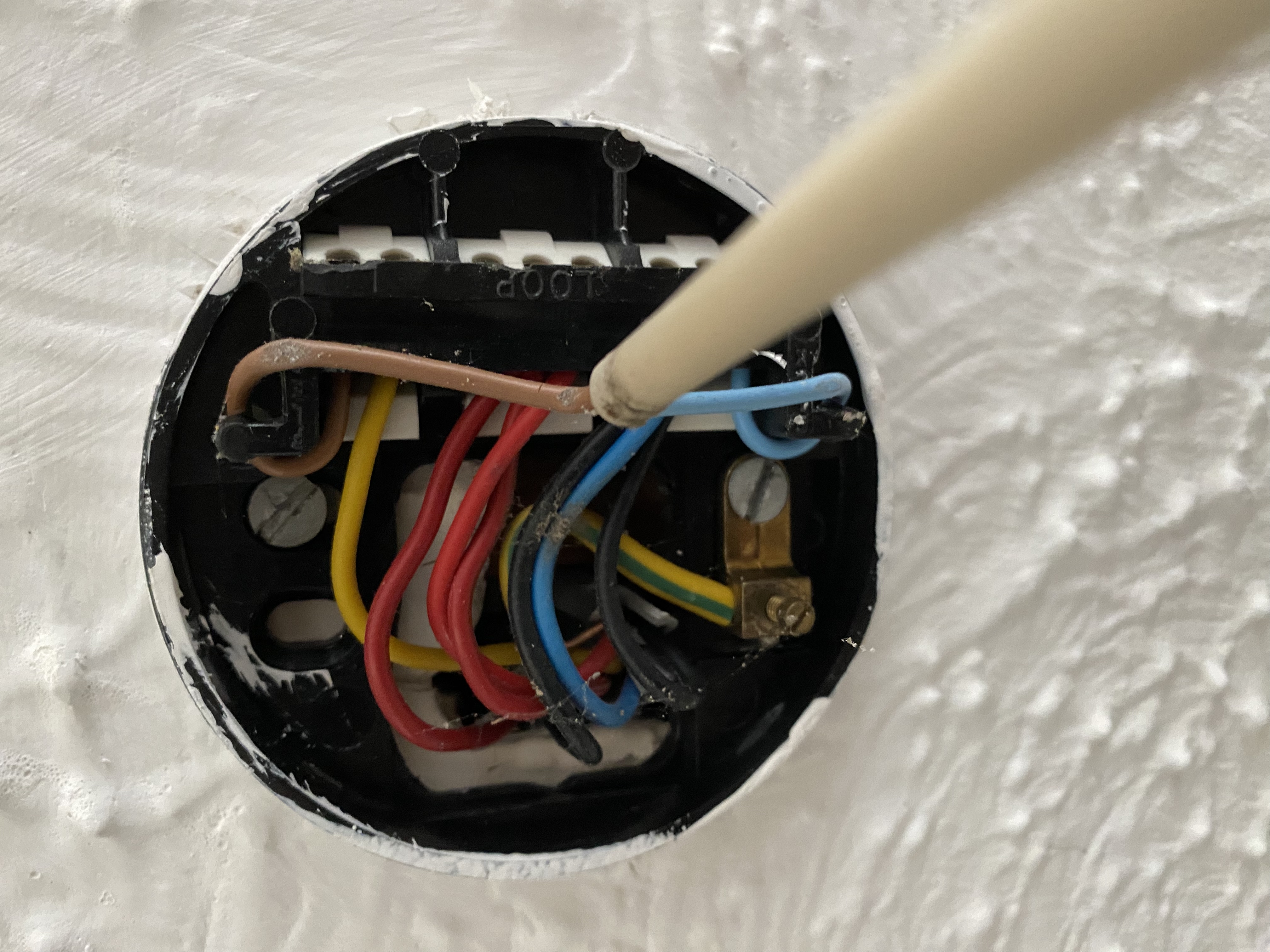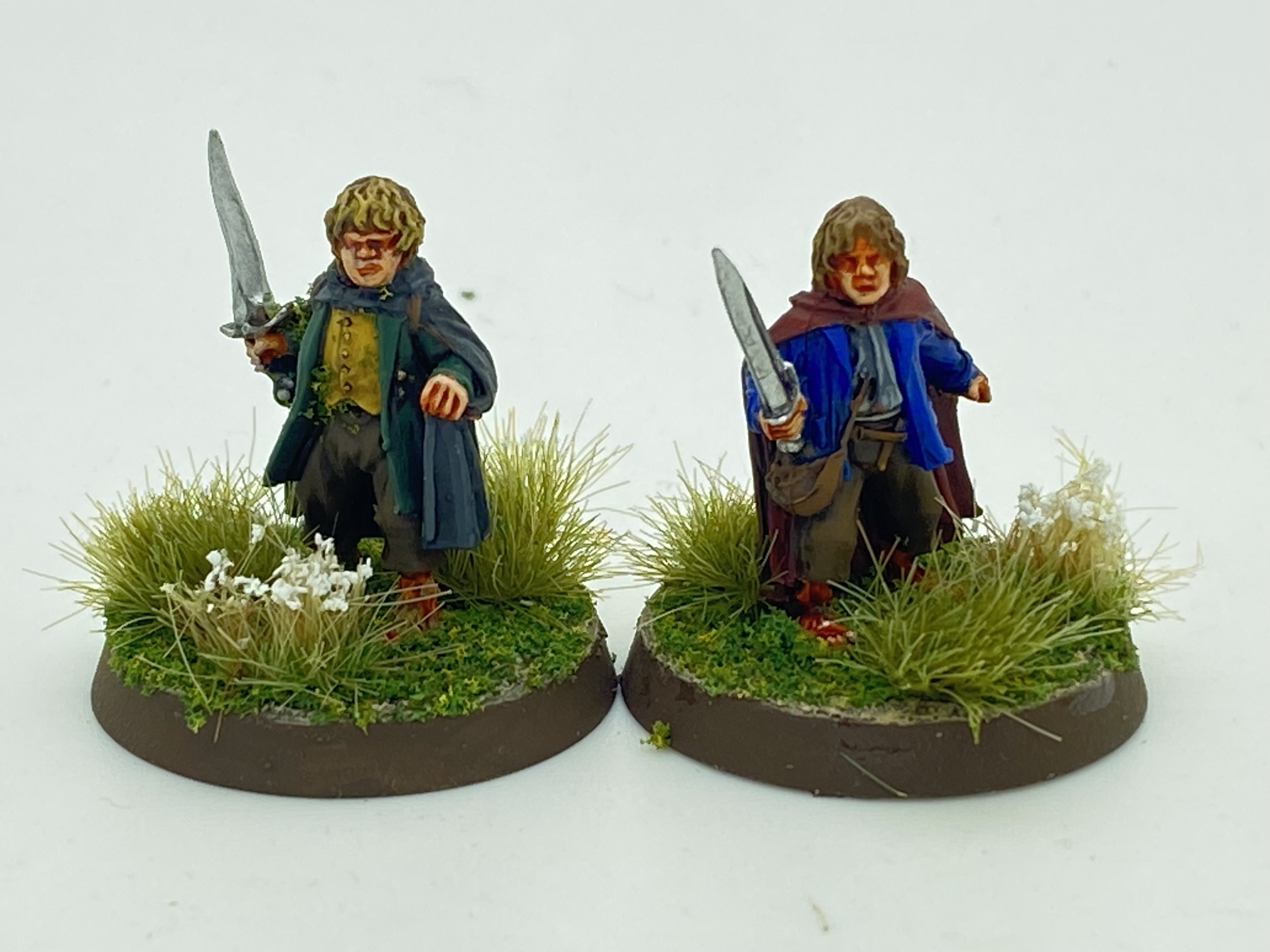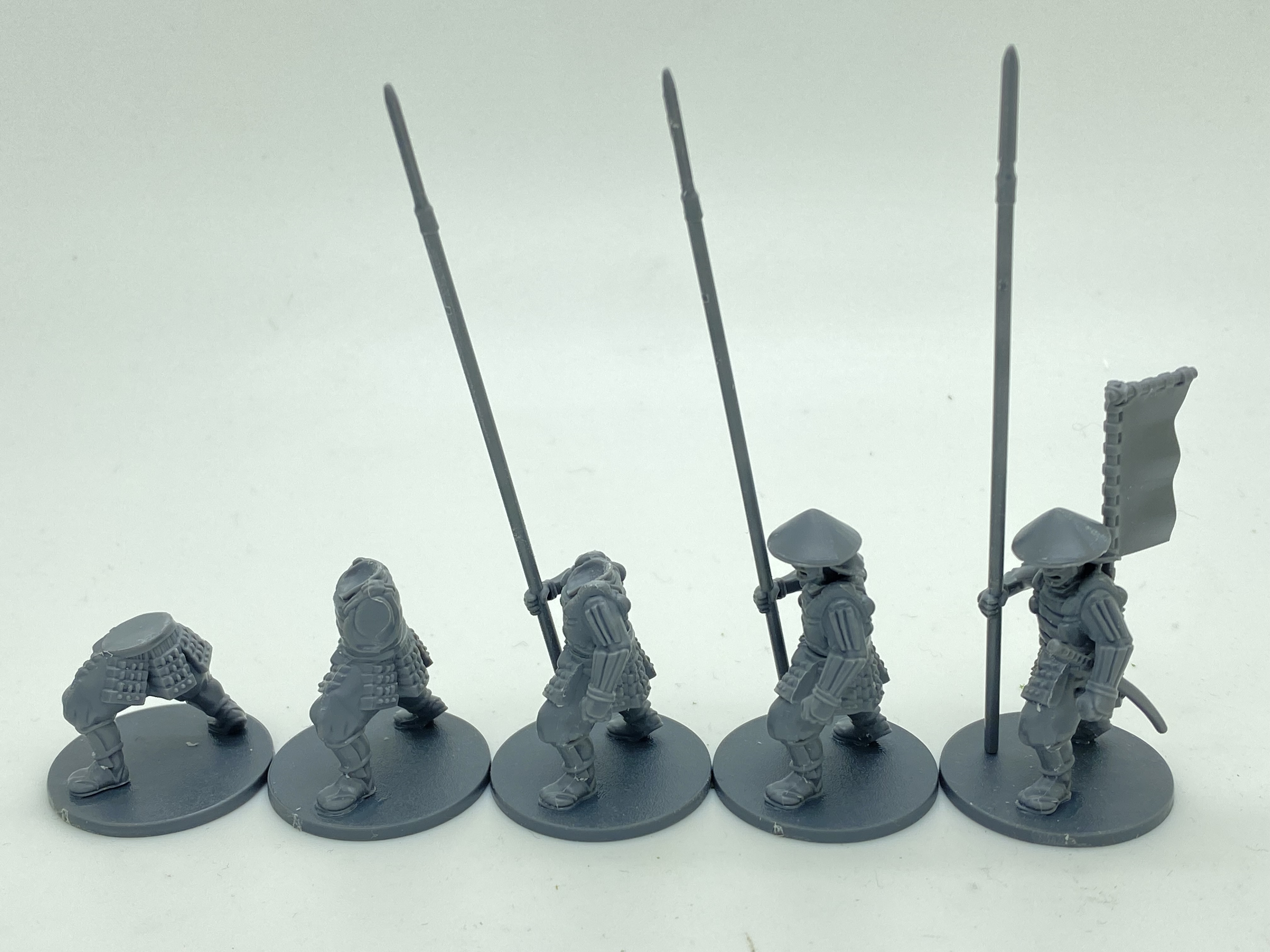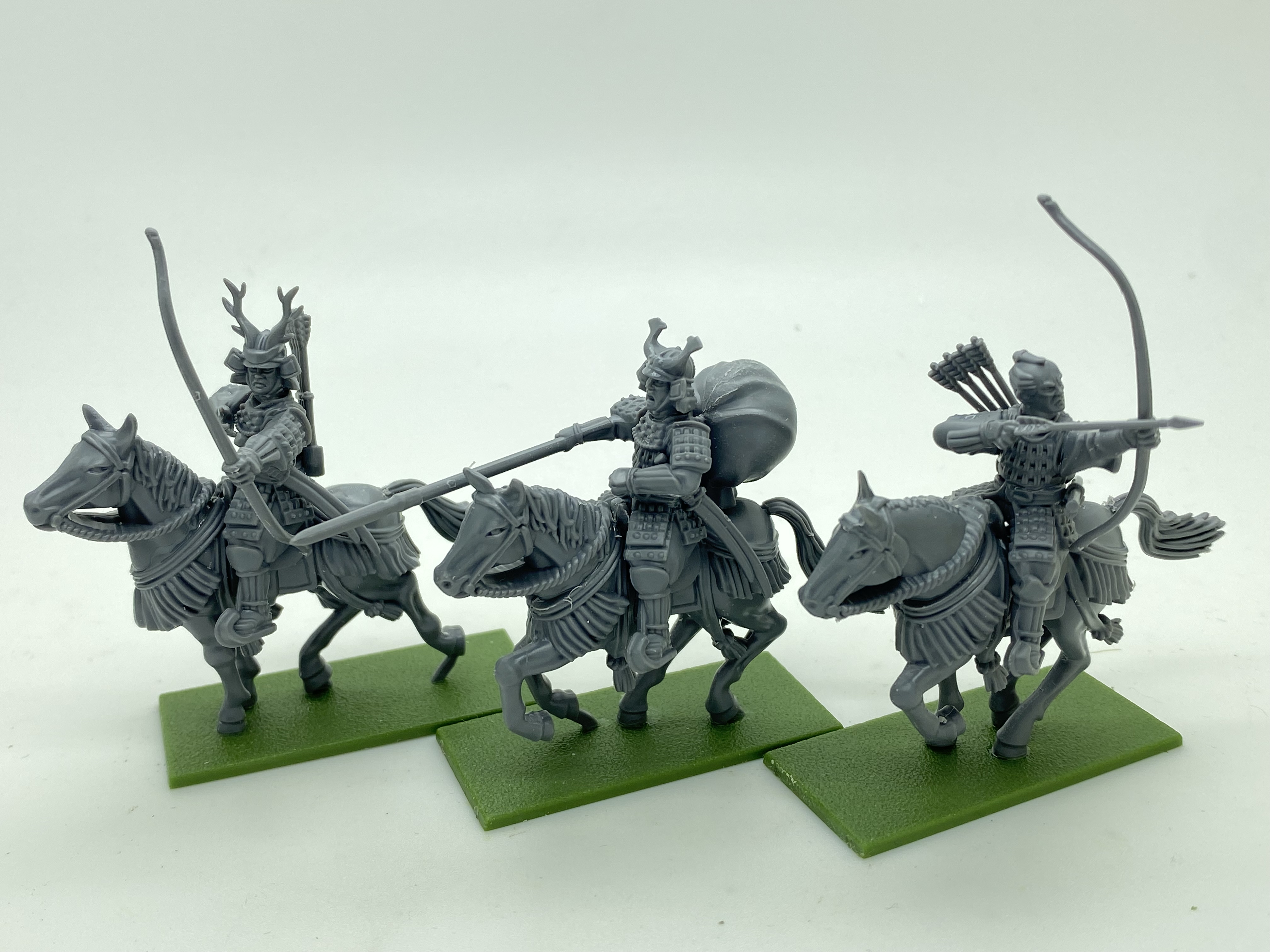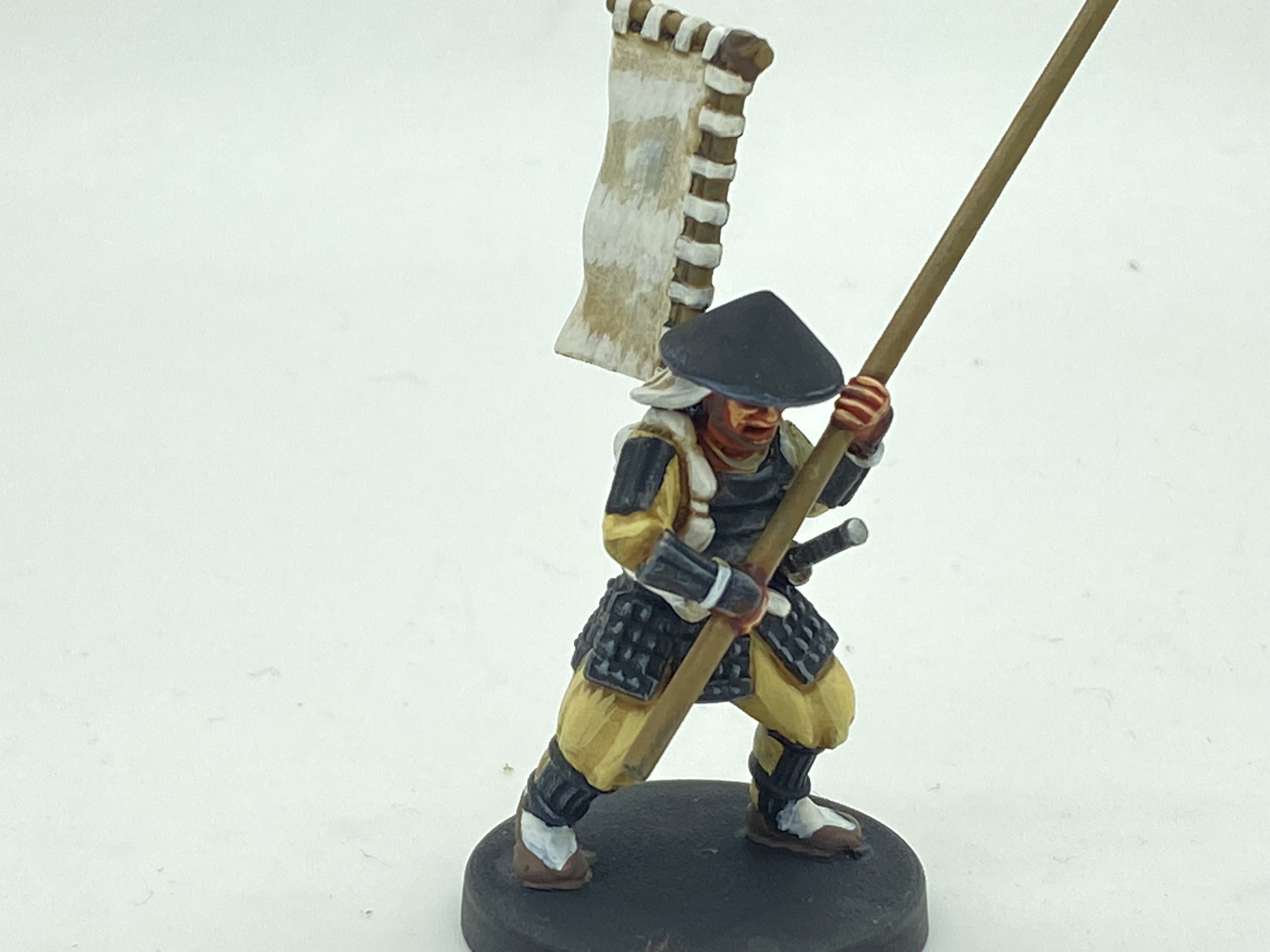The 6th Bill Hooks BASH was held on Saturday14th September at the Boards and Swords venue in Derby. Organised by Pete Harris, this event is a celebration of the Never Mind the Bill Hooks game, played in a non competitive spirit, the emphasis being on having a fun and enjoyable day with like minded enthusiasts. The players are split into Yorkist or Lancastrian supporters and the winning faction can enjoy boasting rights at the end of the day!
To confirm the social bias of the event, it has been customary for players to meet for a meal (latterly at the very pleasant Exeter Arms) and a few drinks on the Friday prior to the event. This is very much an evening of great conversation and banter as well as laughter. Of course, it’s an ideal way of breaking the ice for new participants. This year we had 13 attendees for the meal – I laid out an additional place at the table to make fourteen as I thought that having 13 diners on Friday the 13th was testing lady luck!
And so to Saturday when battle was joined! I’ll write a more thorough overview of the day that should be published in Wargames Illustrated,.This will include details of the winners of the painting competition, overall results and list the participants This blog article will just concentrate on reporting on the two battles that I fought on the day. As usual, my reporting is not quite up to par – I failed to record details of my opponents army or photograph them before battle – Doh!
Battle 1 vs John Kersey’s Italian State Army
John was fielding an Italian State army which had the benefit of being composed of plenty of units but the slight disadvantage in quality as some of the units were rated as Levy. I felt that the Landsknechts under my command would be more than equal to the opposition. As I had a unit of light cavalry (Stradiots) and John only had heavies, I was able to out scout him and he was obliged to place his Skirmishers and artillery as well as one other ward first in the deployment phase. With his artillery and heavy cavalry deployed on his left Flank, I deployed my Landsknecht blocks well out of the way on the my left ( his right). Pike blocks can be very susceptible to artillery fire and I wanted them to be as intact as possible as they moved across the field of battle.
The movement phase commenced with me detaching my gunsmen from the pike blocks and moving them forward to open fire on the opposition pike block causing the first casualties of the battle. We then went to turn one of the cards and the two armies began to close. As luck would have it, my skirmisher card came up again and the gunsmen delivered another volley into the pikes. Early into the turn, John won a bonus card. This can usually mean trouble but on this occasion it was a blessing for me. A sudden rainstorm meant that no shooting was permitted! Under the cover of the rain, the Compte de Biscotti advanced his Gendarmes to counter the advance of the Italian heavy Knights as he confidently ignored the artillery and crossbowmen threatening him!

Turn two saw Biscotti charging home against the Italian knights and despite the counter charge, Biscotti was triumphant, winning the combat and routing the Italians. This prompted the Crossbowmen skirmishers and the artillery to run off the table with the knights! For now, my right flank was secure.
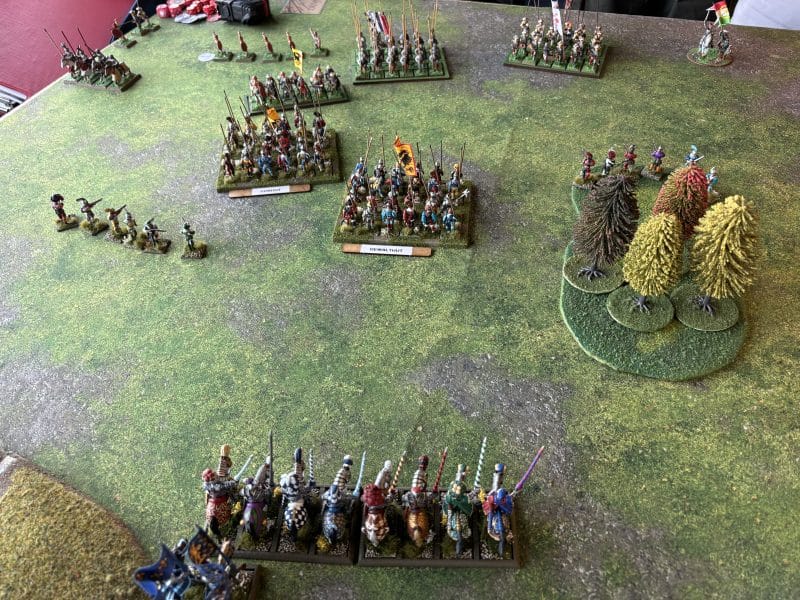
On my left, the infantry on both sides closed with each other with my two blocks of Landsknechts facing two pike blocks and a levy spear unit supported by skirmishers. Unfortunately, the spear unit had advanced a bit to far from the support of the pike blocks and was very exposed! The gunsmen in the woods continued to harry the Italian pike block.
Turn 3 and the Vorhut, under the able command of Lorenza de Pala charged home against the levy spearmen. Despite the mismatch, the spearmen held! Bravely fighting on for another turn. Undeterred, by this slight setback, the Gerwalthut, commanded by Captain Nicomo Cosca attacked the levy pike block. This was a more successful combat for the Landsknecht’s, with the levy pikes breaking and routing from the field, taking the supporting skirmishers with them!
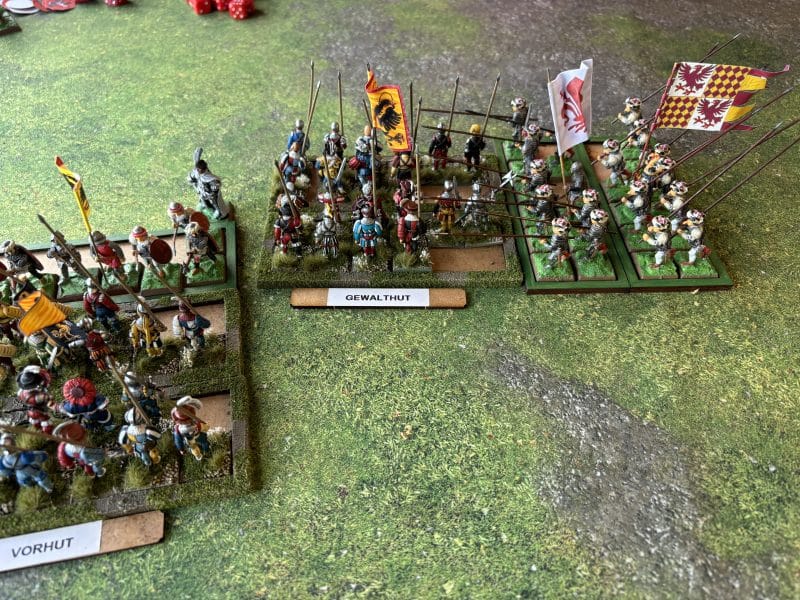
Despite seeing the levy pike block flee the field, the more professional Italian pikes were undaunted and were able to press home and attack into the flank of the victorious Landsknechts. These tough mercenaries were able to hold, despite taking casualties.
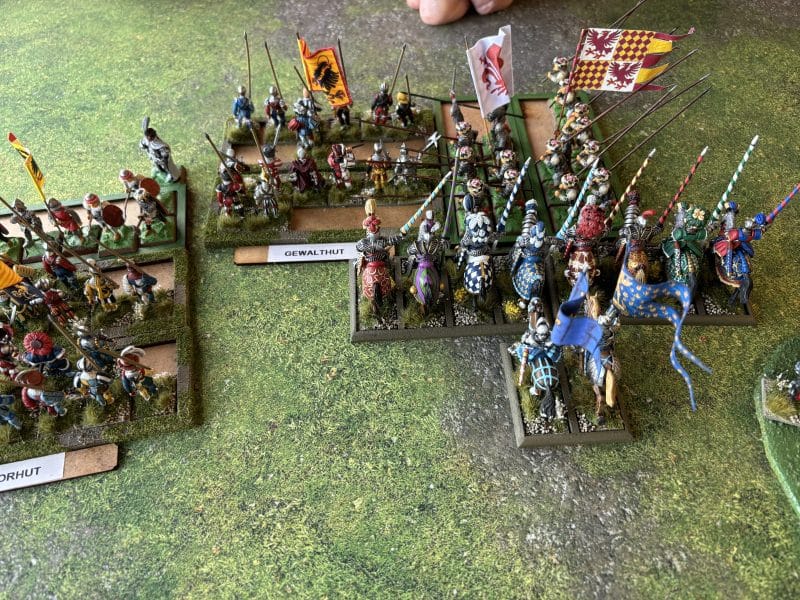
However, the Duc de Bourbon decided to take matters in hand and on his card being turned, charged home into the flank of the Italian pikes. Although there are are rerolls or charge bonuses for cavalry hitting a pike block ( even in the flank) the Duc managed to inflict 14 hits with 9 kills! with the extra hits from the Landsknechts, the Italians crumbled and retreated from the field!
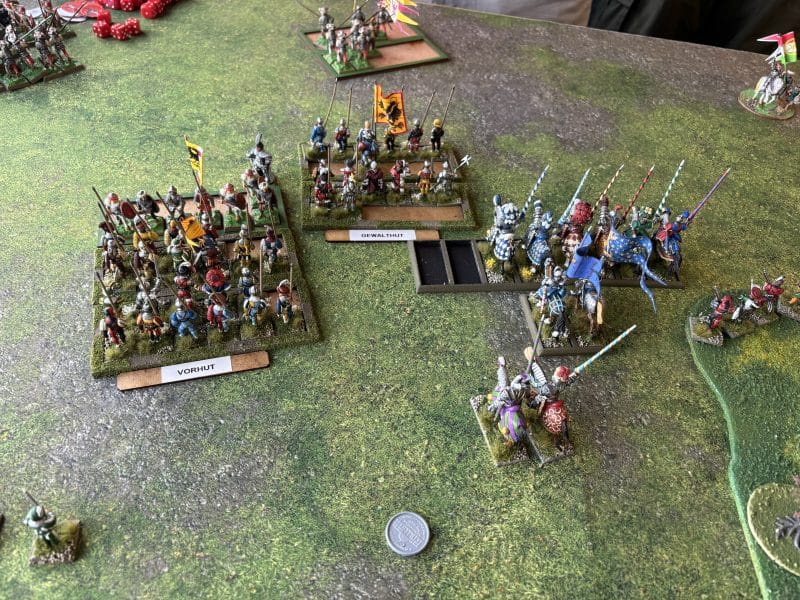
Jon had by now run out of tokens so it was Victory for the French! The Duc be Bourbon boasting how his charge won the battle – a boast that would come back to haunt him later….
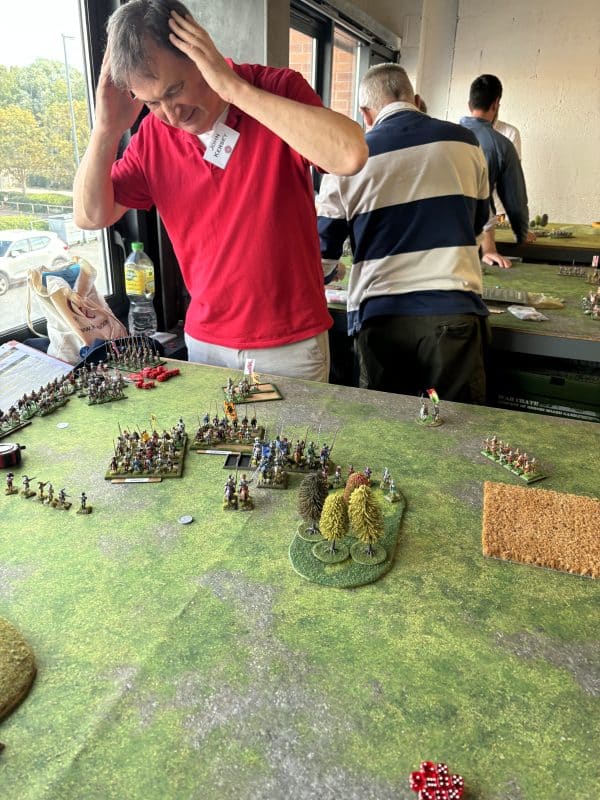
Battle 2 vs Richard Marriot
Richard and I had met before at Billhooks BASH IV where he had pulled my Irish army to pieces stopping me getting a clean sweep on the day. To read all about this encounter, click here:
I was determined to get my revenge! Richard was fielding a straight forward WOTR army but as noted in my last encounter, unusually fielded a unit of mounted knights which had caused so many problems to my Irish. I was determined that they would not do so again! Deployment was fairly straight forward, we both had light horse so rolled for deployment. There were no real surprises on either side – I did ensure that my commander was safely deployed far out on the left and matched his heavy and lights with my own equivalents. It would be up to the Landsknechts to slog it out with the opposing infantry!
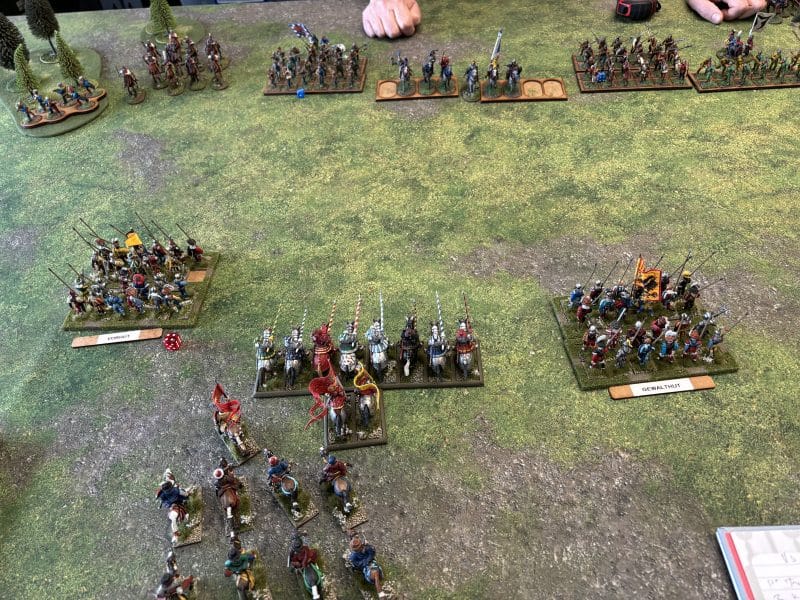
In the movement phase, I once again dispatched my gunsmen to cause as much of a nuisance as possible. In this case, their target was the English knights and with their opening volley, they were able to kill three of the enemy. Richard was not going to put up with that rate of attrition and so used his archers to send a number of arrow storms and wipe them out! I thought it a fair exchange – three knights and three arrow storms for 12 gunsmen. I’m not sure that the gunsmen would agree…
Turn two saw the Compte de Biscotti charge the English knights and despite superior numbers, they lost the first round of combat! Fortunately, they survived the morale test and combat continued. By turn three, Biscotti’s numbers overcame the diminishing English Knights and they fled the field. Meanwhile, the Landsknechts chased off the light cavalry temporarily and despite them taking numerous arrow storms, casualties were extremely light. The English archers aim seemed to be off and as the two armies closed, the archers were running short of arrows!

In turn three, using a combination of a sneaky special event card ‘False colours’ the Gewalt were able to charge home against the single unit of archers! The result should have been a massacre and it was, the pikes killing 10 archers. They needed to throw 11 to stand. Bugger! they did just that, holding the Landsknechts for the time being!
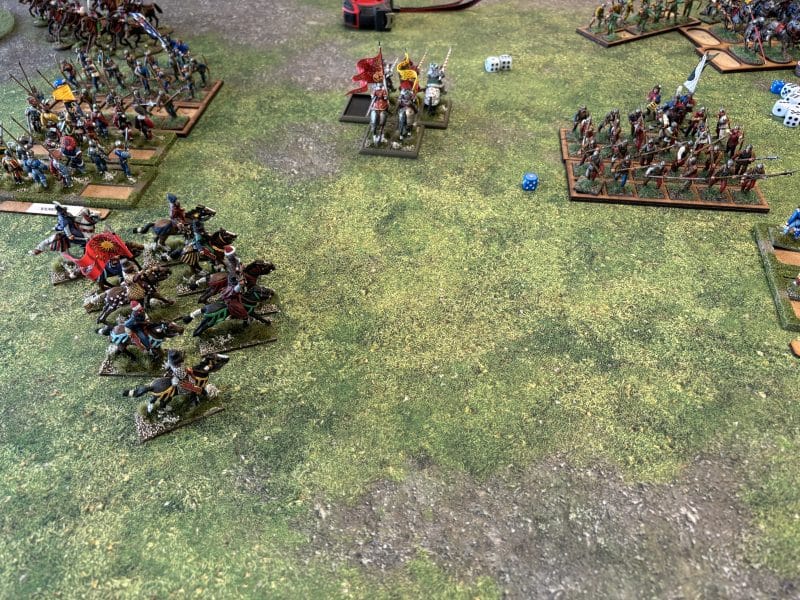
Things now started to get busy on the battlefield with the Vorhut engaging a bill and bow block and the Stradiots charging another unengaged bill and bow block in the flank. The Stradiots inflicted 6 casualties but the block passed it’s morale test causing the Stradiots to bounce. Meanwhile the Gewalt finally put the archers to flight and engaged the same bill and bow block. Again, the English, whilst taking casualties stood firm, passing their morale check.
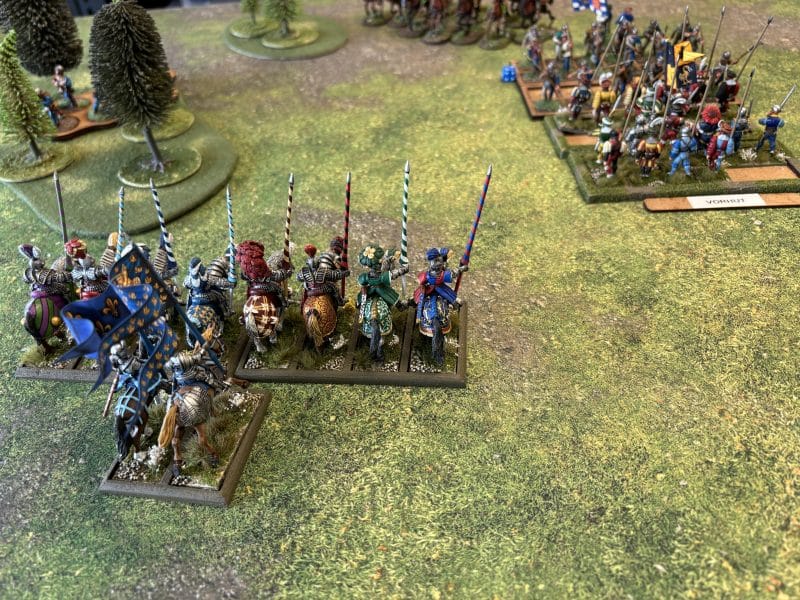
There was no doubt the the English were under pressure and sensing victory, the Duc de Bourbon began to edge closer to the fighting, ignoring the gunsmen skulking in the woods. However, the English, although taking severe losses somehow managed to fight on, surviving each morale check required. The gunsmen had also started to inflict casualties on the Duc’s Gendarmes, infuriating the Duc!
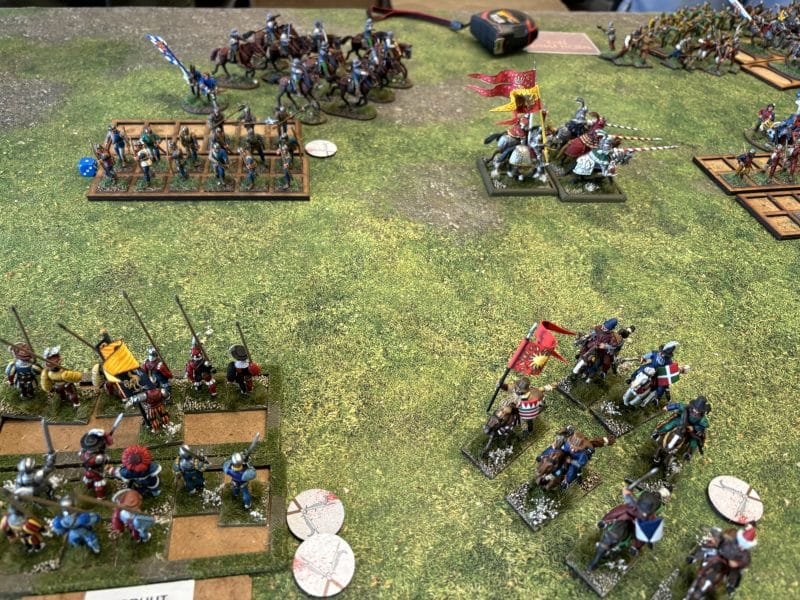
Things started to get desperate! Although the French had yet to lose a morale token, they were beginning to be frustrated by the English army’s resilience and ability to continue to fight. The French had taken 5 morale tokens and when Biscotti charged home into the flank of the engaged Bill and bow block, daunting it, just one more token was required!
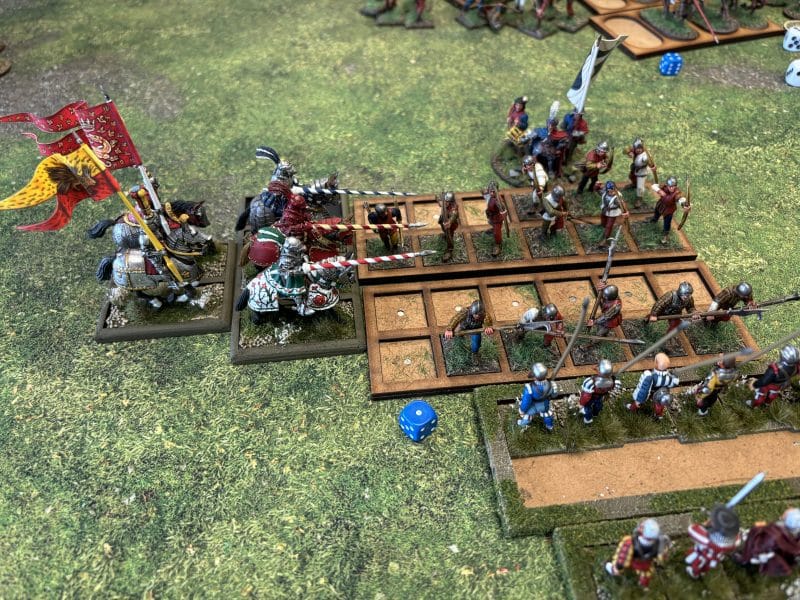
The Vorhut, however, had failed to break the English block that it was fighting and after three turns it was forced to withdraw, leaving a heavily depleted unit. Surely it was just a matter of time before the English folded.

The Duc de Bourbons card was then drawn. With the English bill block left with three men, surely it was time for him to charge in and deliver the coup de grace as he had in the previous game! With 8 dice hitting on 4+, re rolling all misses and the commanders automatic hits and saving on a 3+ what could go wrong? Well, the Gendarmes inflicted 5 hits all of which were saved…The billmen inflicted 3 hits, 2 of which were not saved!!! The Duc had lost the combat and would need to check his morale. He failed miserably and ran from the field! Somehow the stoic English had put flight to the French commander and won the game!
I was so shocked that I forgot to take a picture of Richards victory dance – he had snatched a most unlikely win thanks to my impetuous charge. That will teach me, as if I didn’t know already, that in billhooks it isn’t over until the dice say so!
So two fantastic games with two excellent and sporting opponents, John and Richard. I trust that we will meet again at a future event. Thanks once again to Pete Harris for organising the day and the superb meal, thank you to Boards and Swords for hosting the day and of course, thank you to all of the participants for making the day such a great event.
Happy modelling and gaming!!


